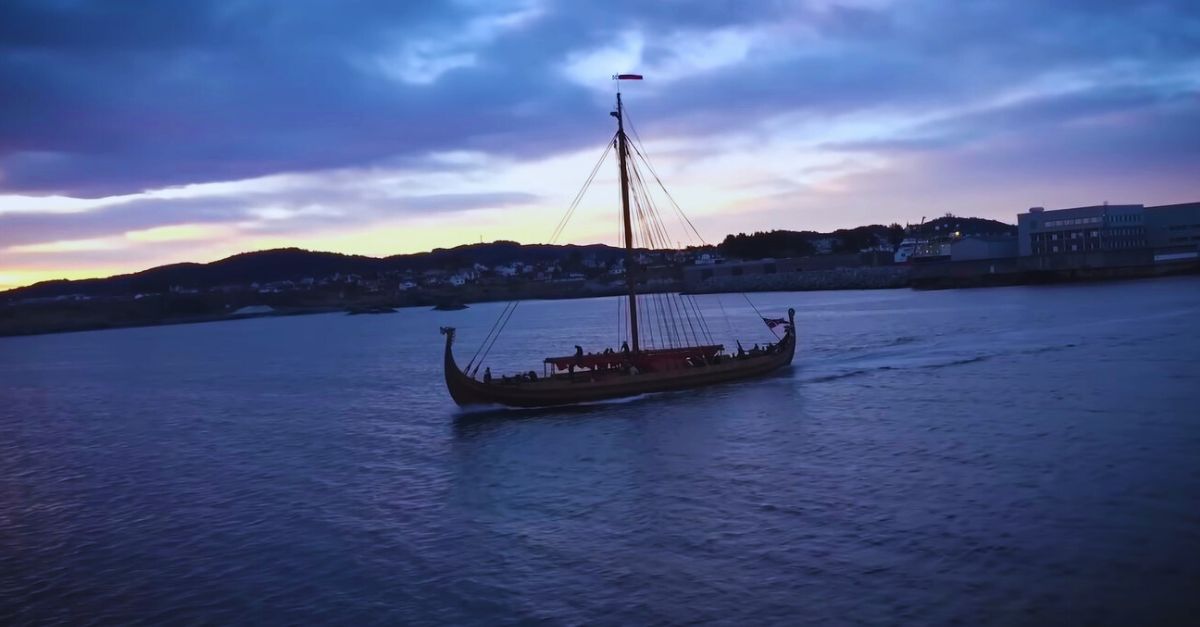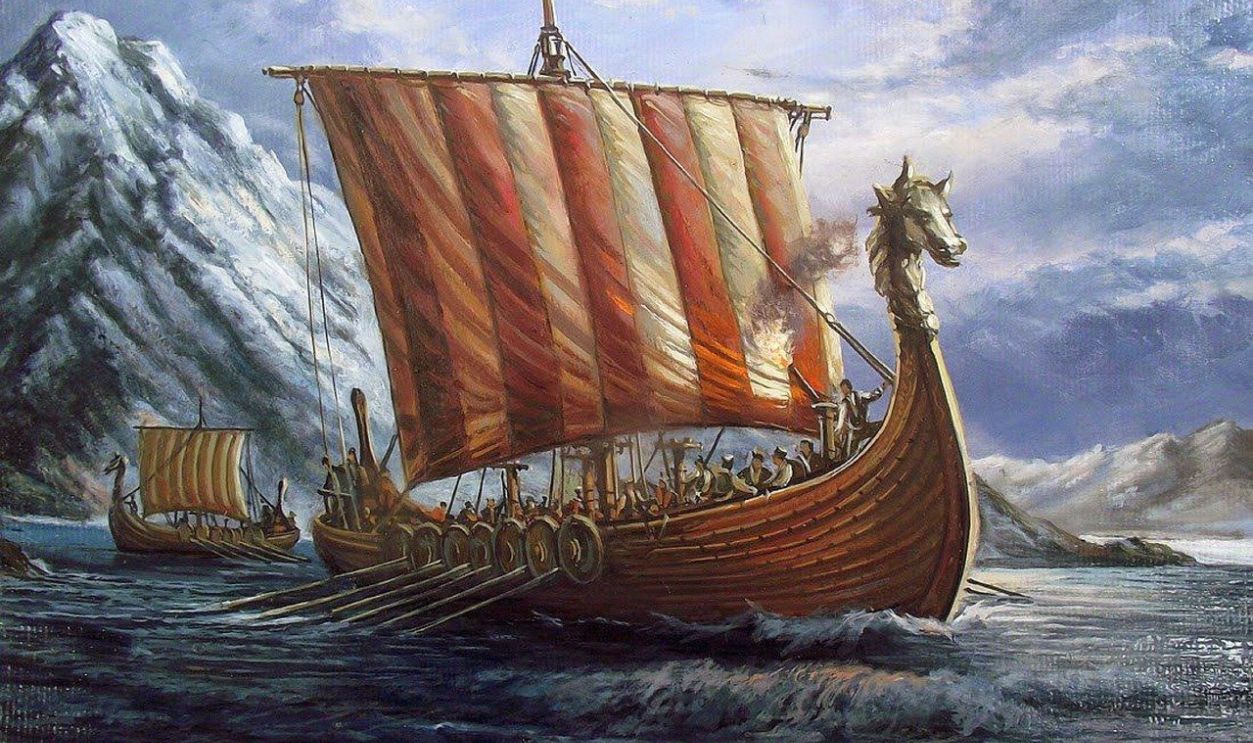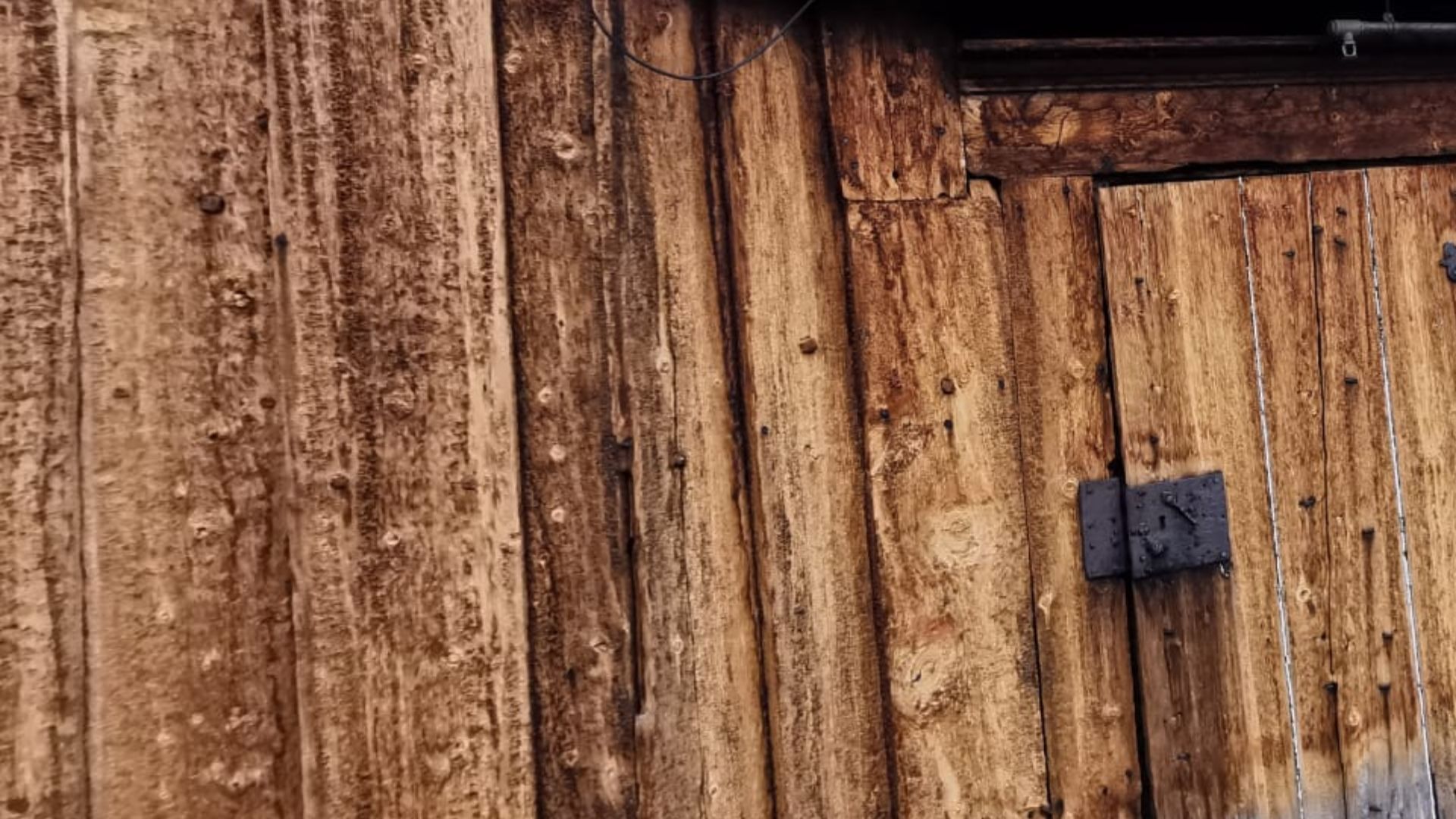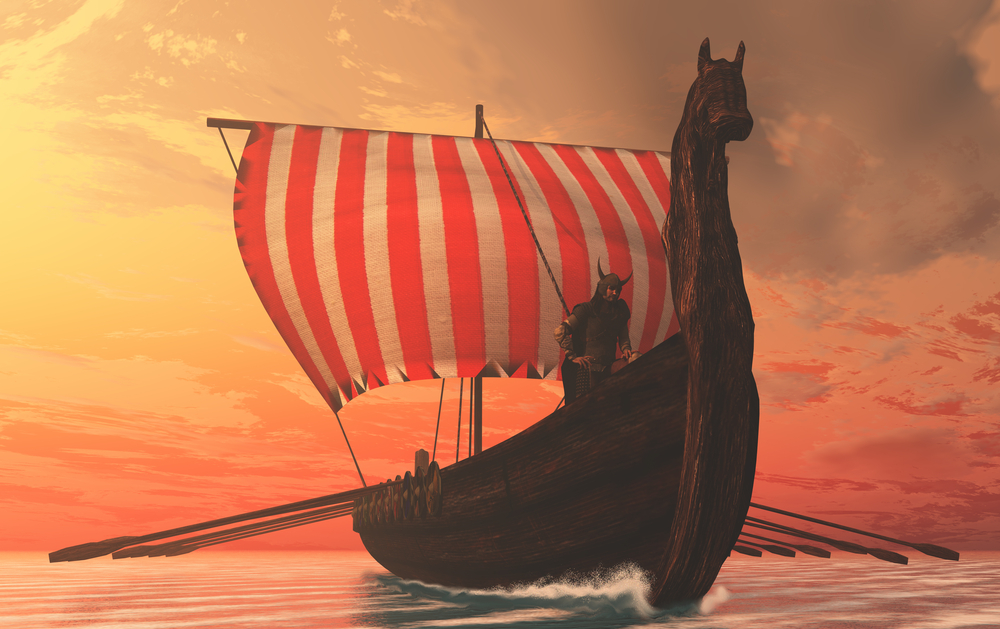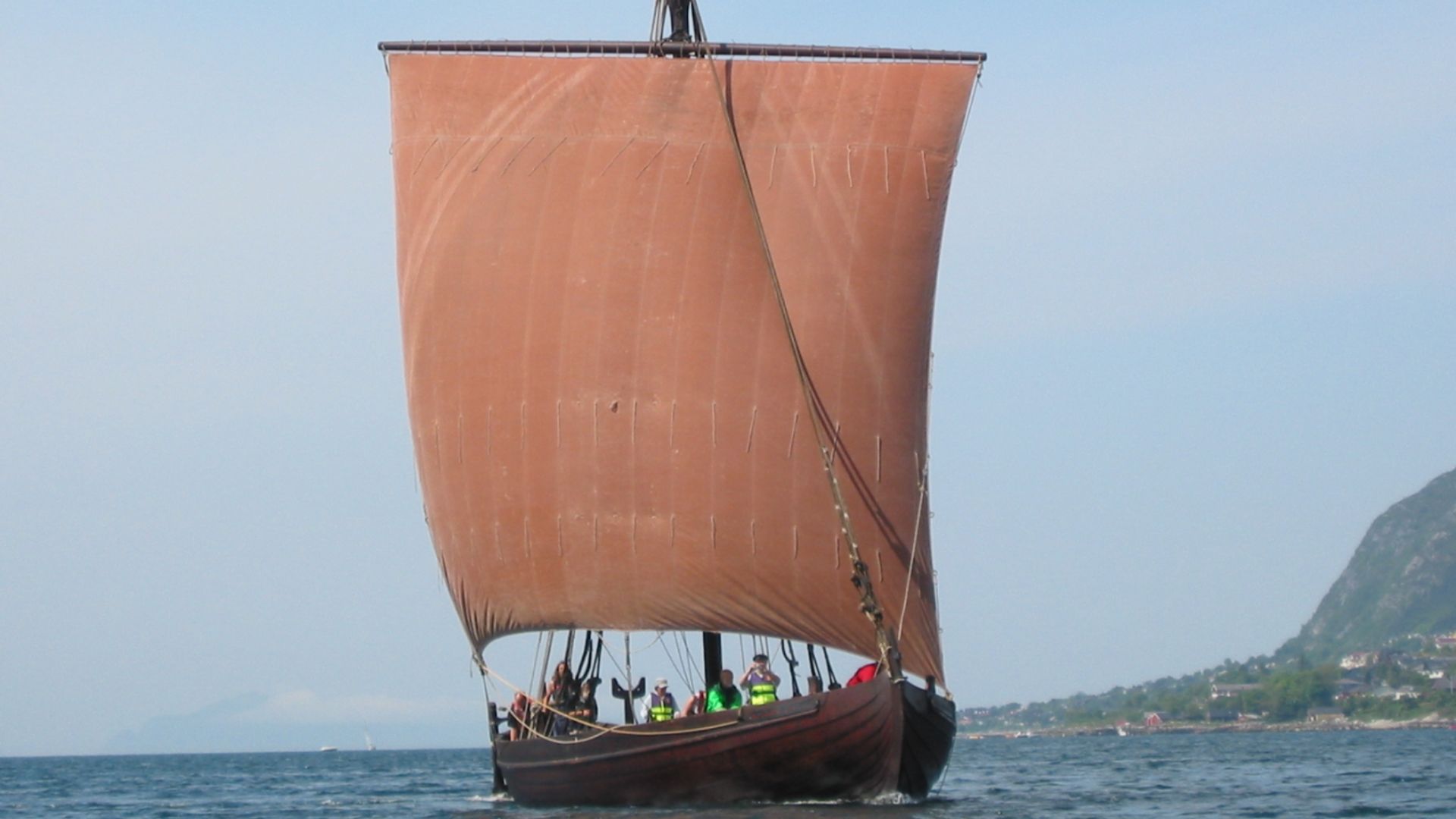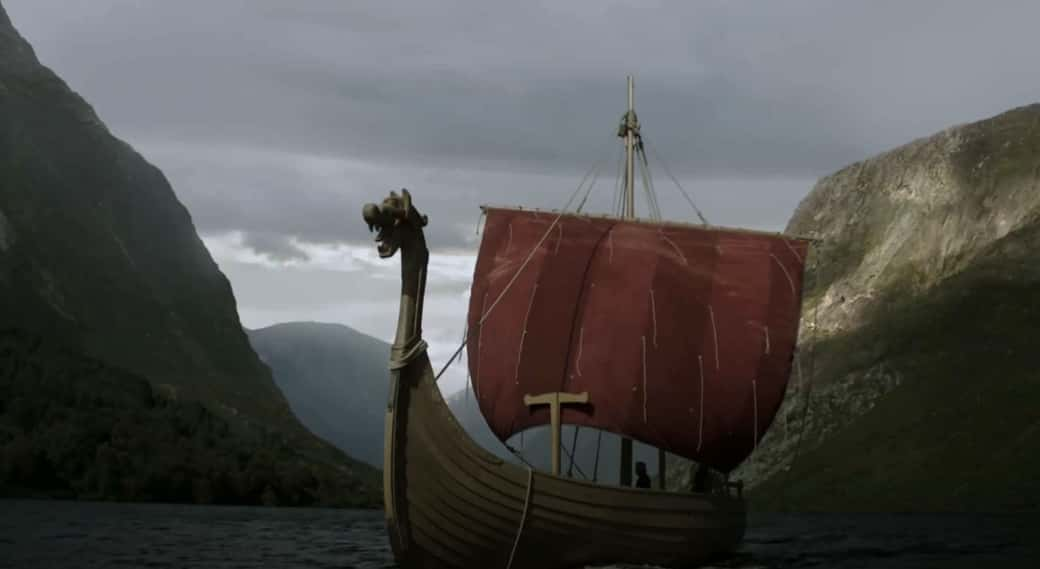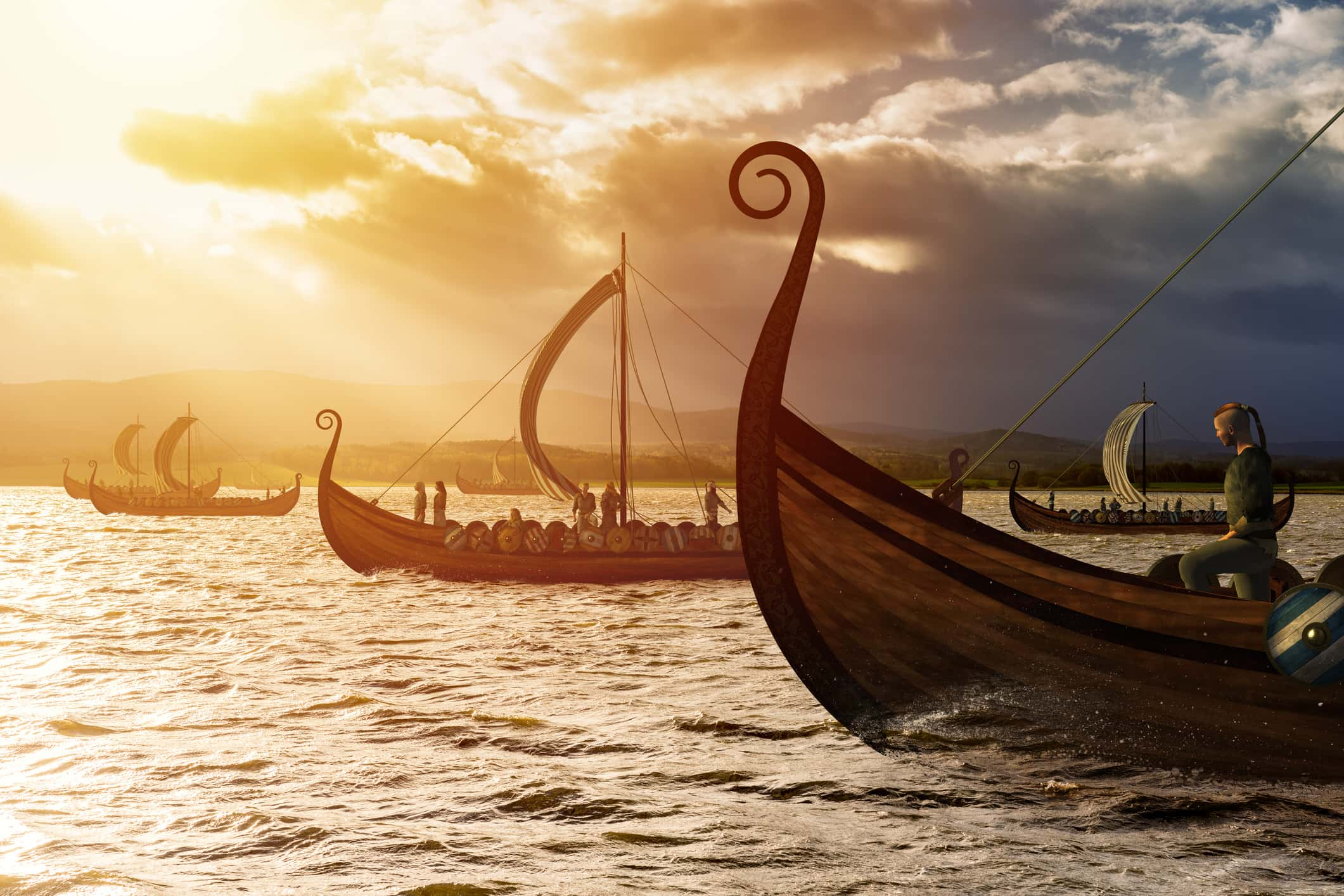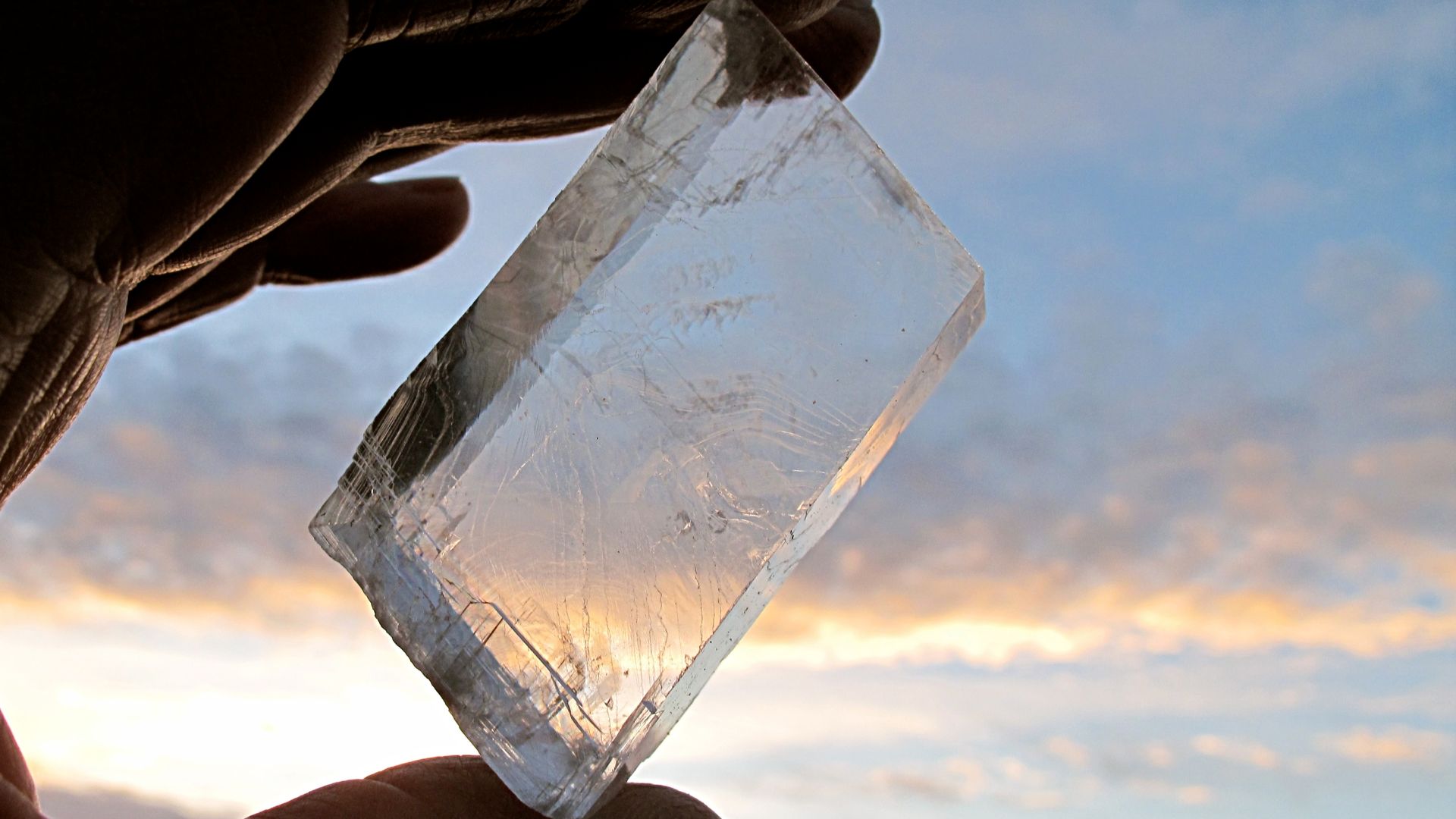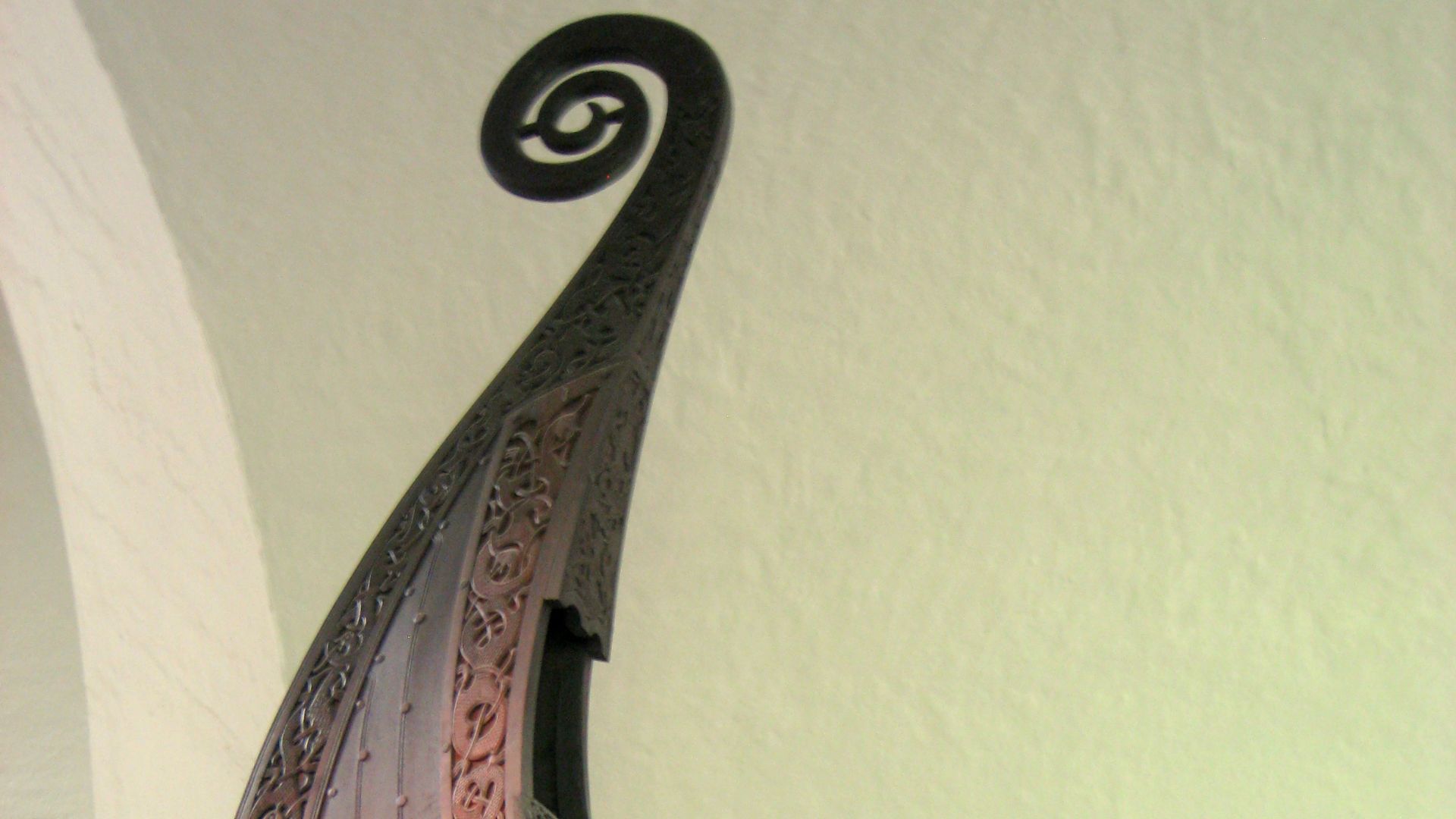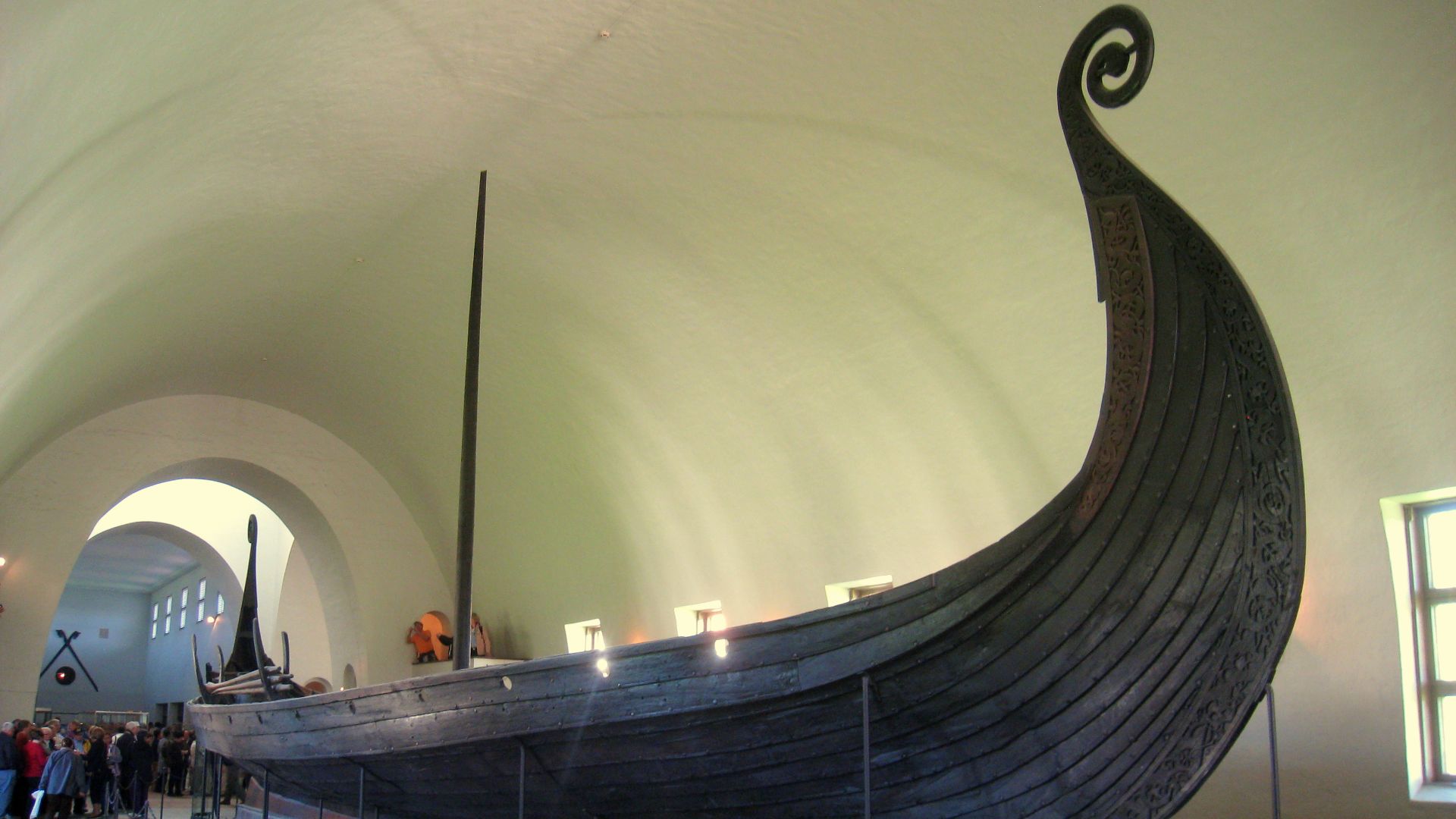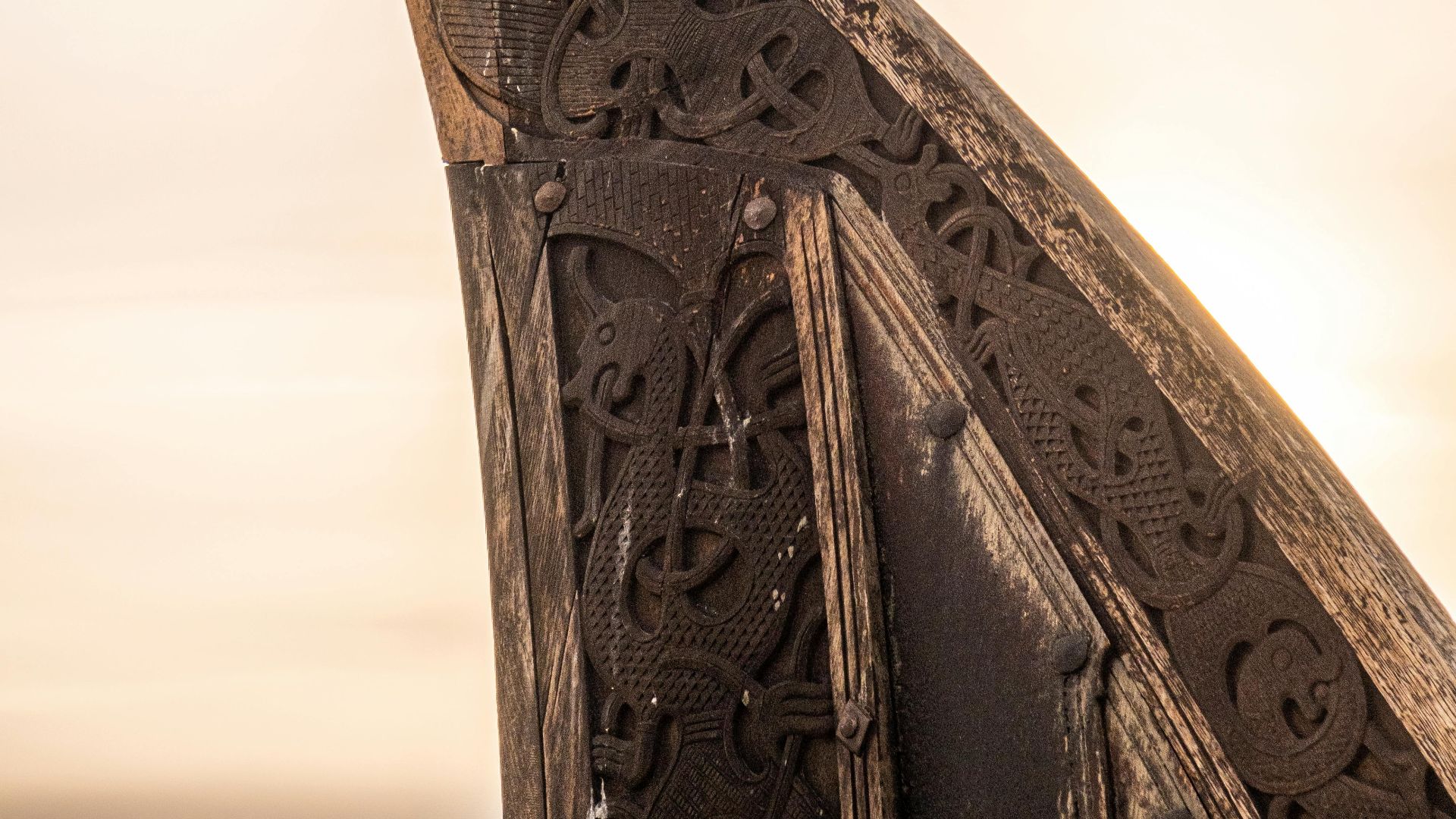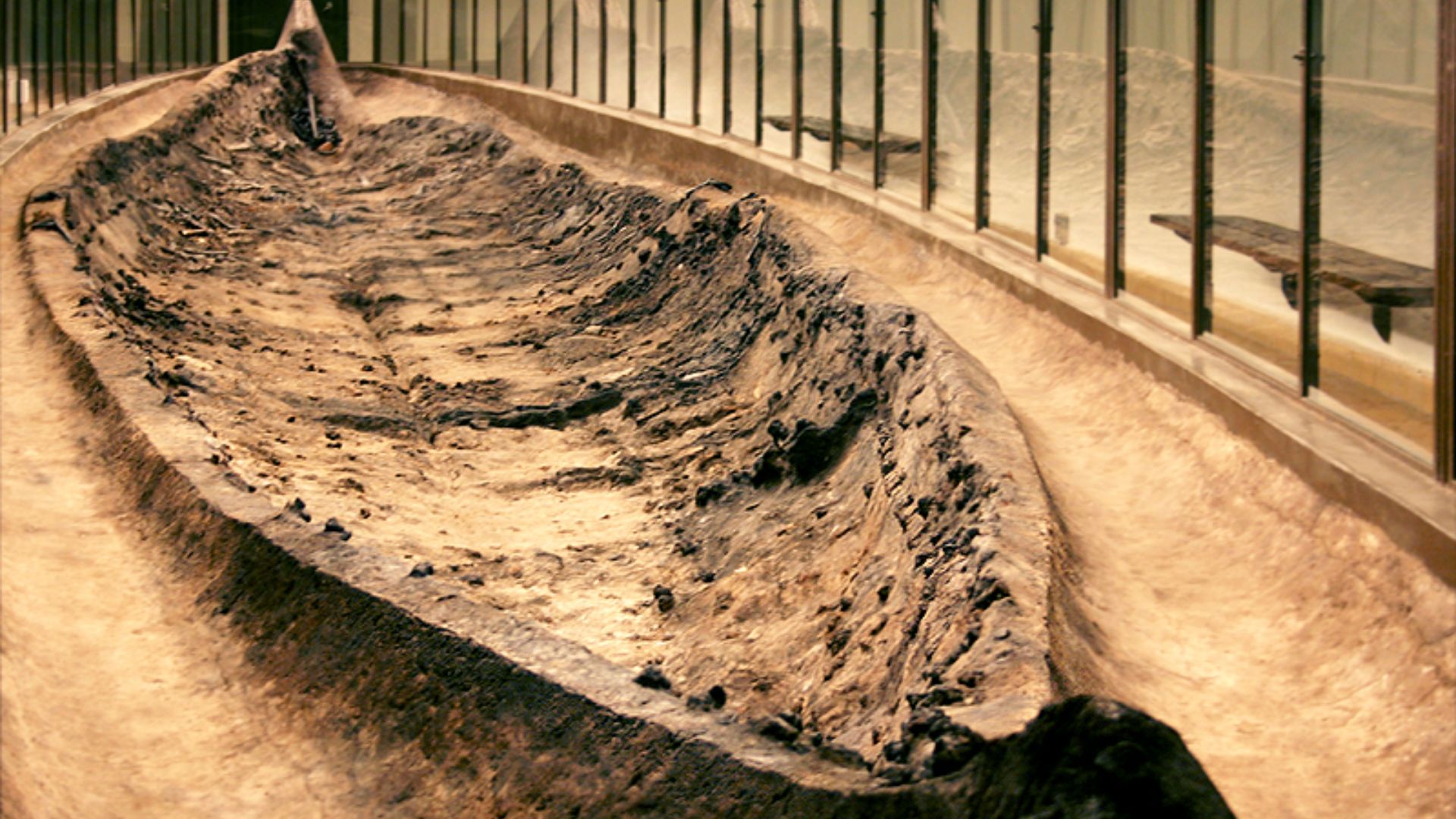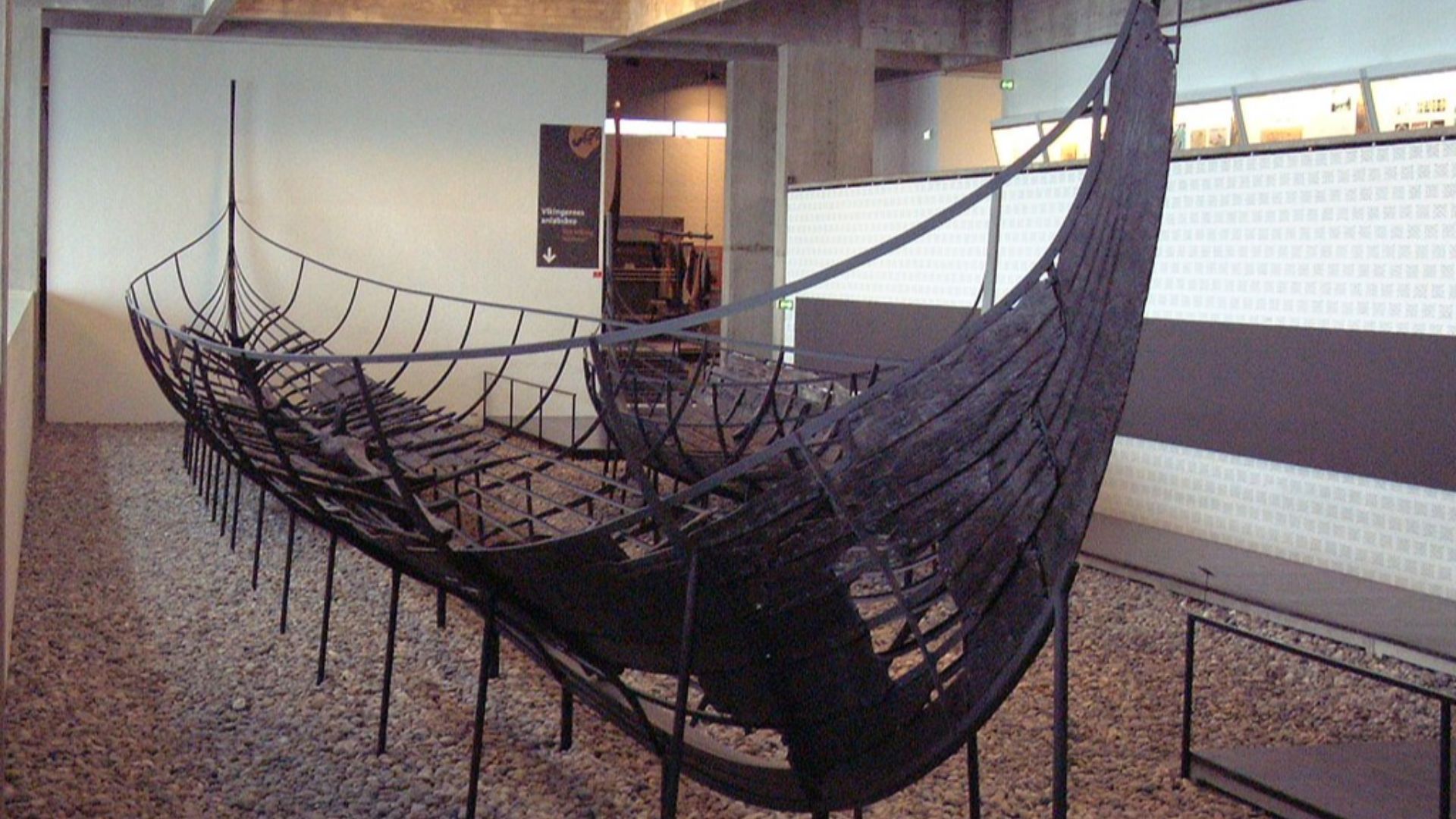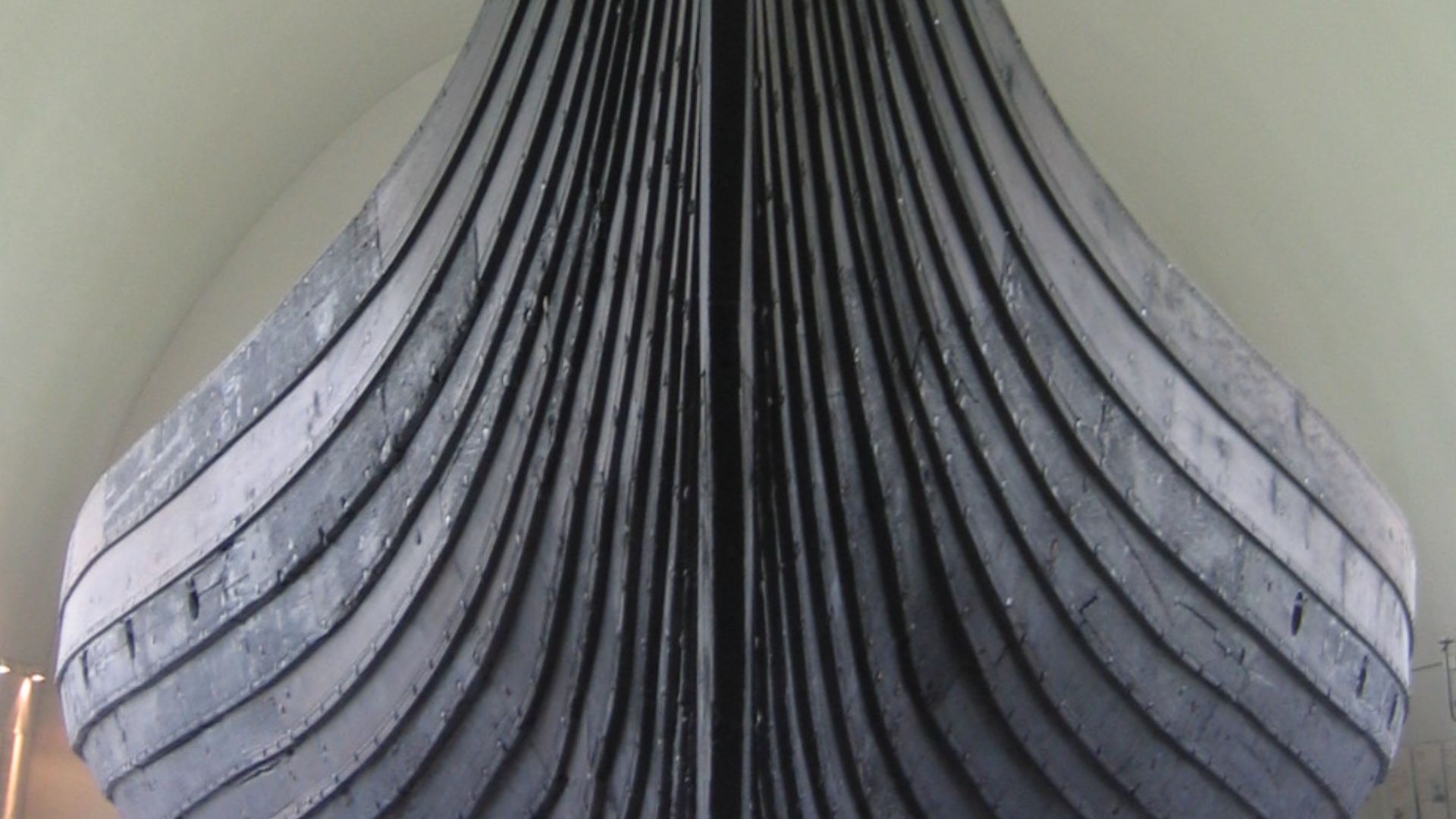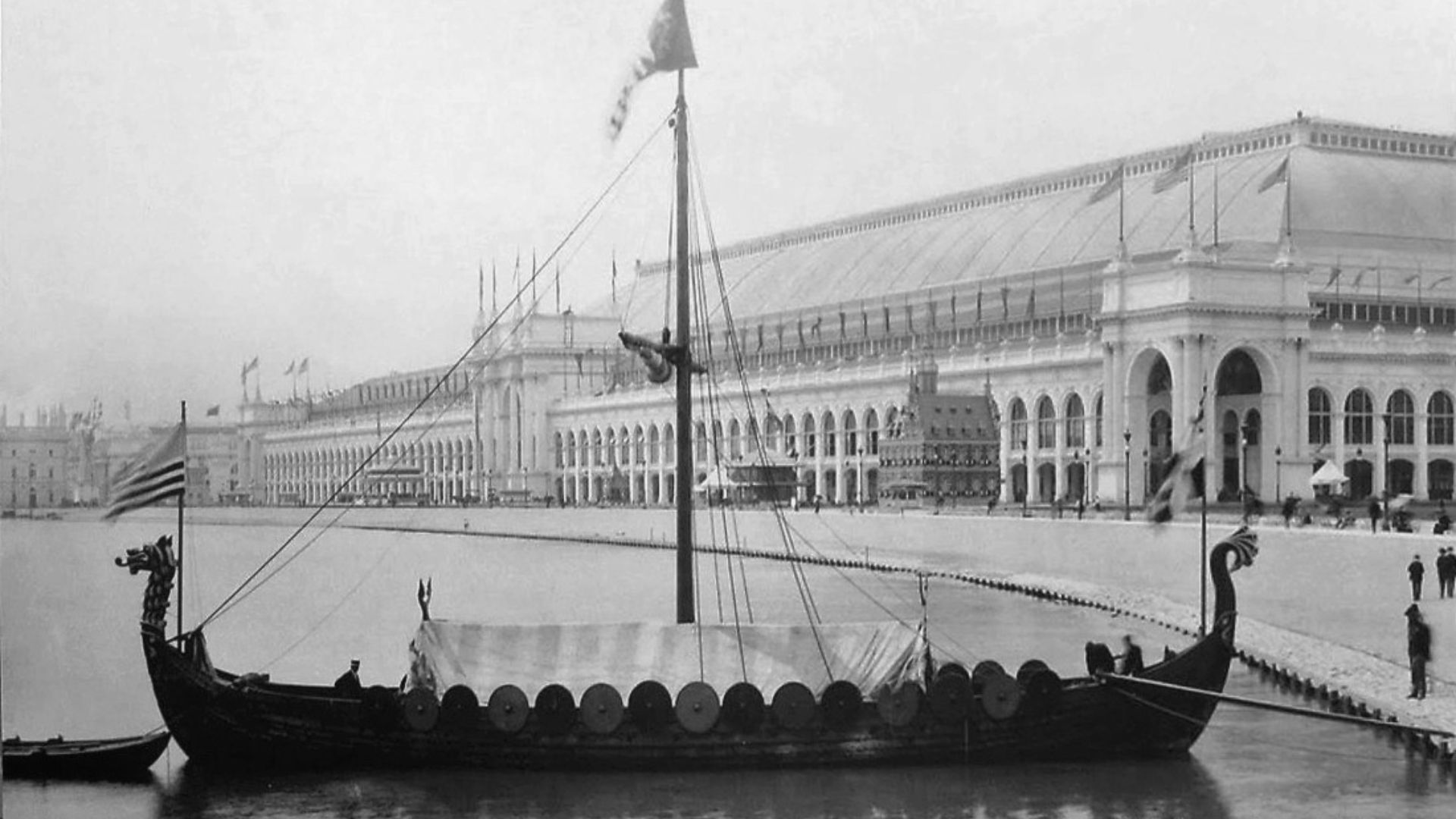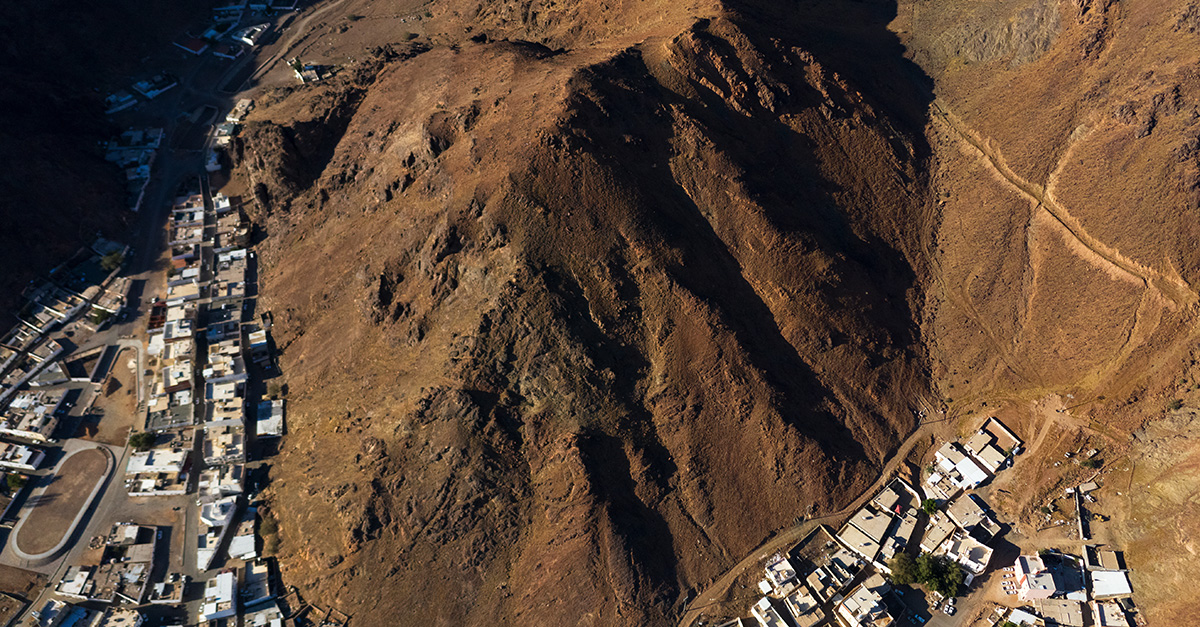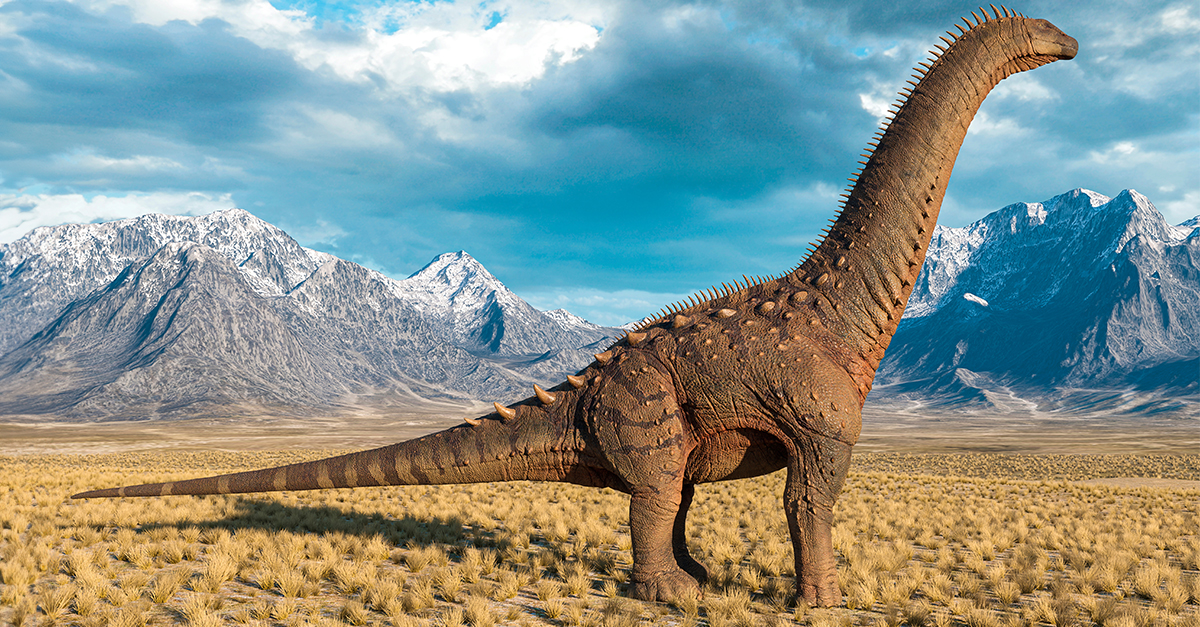Seafaring Stories
It is said that history sometimes rewrites itself beneath the waves. Today, ancient Nordic ships reveal both recent scientific surprises and the authentic Viking ingenuity that changed civilization. They have become true extensions of their creators.
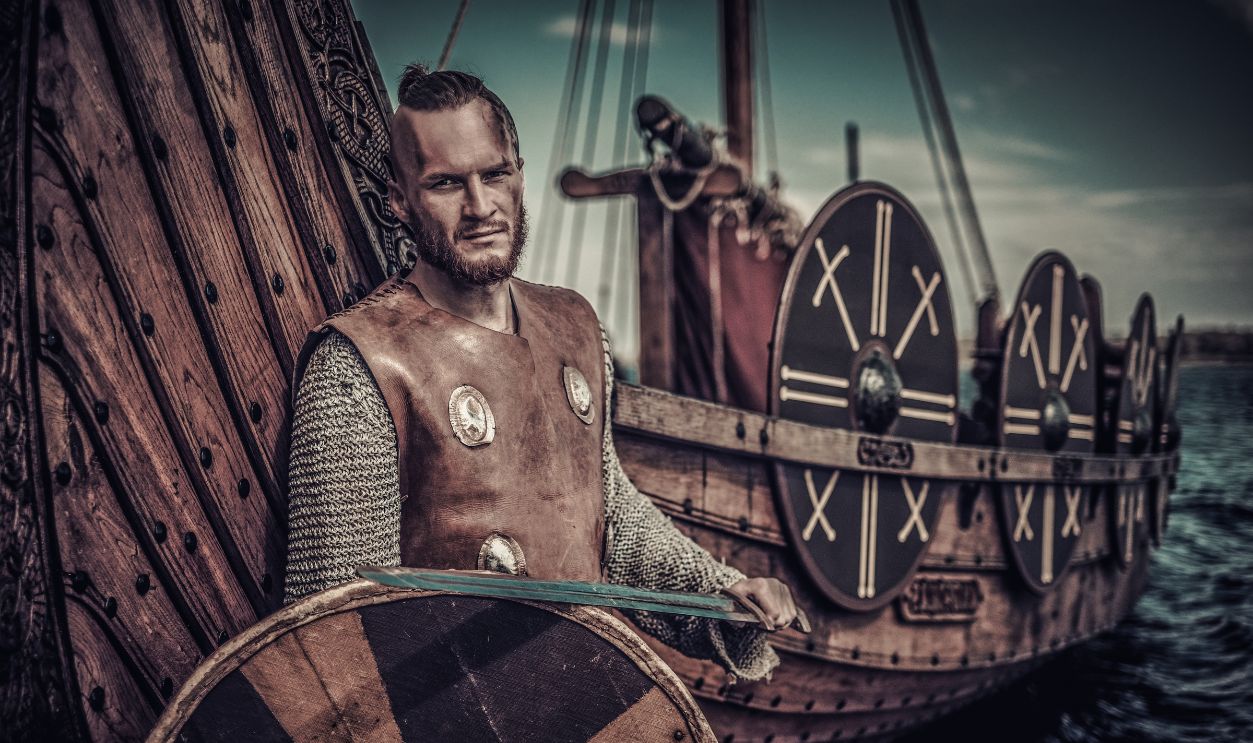
Maritime Mystery
As per reports, a remarkable ship with masts still intact lies about 20 kilometers off Sweden's coast. Researchers at the Stockholm Shipwreck Museum recently discovered that this vessel isn't Viking as long believed, overturning almost two centuries of archaeological assumptions.
 Shipwreck full of champagne found off Sweden's coast by The Straits Times
Shipwreck full of champagne found off Sweden's coast by The Straits Times
Historical Blunder Exposed
Five Swedish archipelago shipwrecks have fooled experts since the 1800s. However, revolutionary 3D scanning shattered the Viking myth surrounding these famous wrecks. Four ships actually sailed during the 17th–18th centuries, while the oldest vessel dates precisely to 1460–1480.
 Huge Prehistoric Sailing Ships from Bronze Age Scandinavia by Dan Davis History
Huge Prehistoric Sailing Ships from Bronze Age Scandinavia by Dan Davis History
Shipbuilding's Missing Link
This oldest vessel (1460–1480) represents the pivotal "missing link" in Nordic shipbuilding evolution. It is the first documented boat in the region to abandon traditional overlapping Viking planks for the Mediterranean-style side-by-side carvel technique. This was born in Mediterranean shipyards around 700 CE.
Evolution Bridge
Far from Viking origins, the misidentified vessel marks the critical transition between medieval and modern Nordic shipbuilding. Vrak Museum archaeologists are now racing to secure funding for the complete excavation of this historical treasure. They aim to show how Nordic seafaring went from Viking longships to modern warships.
 Petter Ulleland, CC BY-SA 4.0, Wikimedia Commons
Petter Ulleland, CC BY-SA 4.0, Wikimedia Commons
Birth Of Maritime Mastery
Long before the Viking Age began, Scandinavians developed noteworthy seafaring skills. Early boats evolved from simple dugouts to sophisticated vessels that conquered oceans. Stone carvings from the Bronze Age show these ships held both practical and spiritual importance in Nordic life.
 Huge Prehistoric Sailing Ships from Bronze Age Scandinavia by Dan Davis History
Huge Prehistoric Sailing Ships from Bronze Age Scandinavia by Dan Davis History
Nature's Highway
The rugged Scandinavian environment forced innovation. Towering mountains and thick forests made land travel nearly impossible, while thousands of fjords, rivers, and lakes offered natural pathways. Coastal communities also turned to the sea as their survival and eventual dominance stemmed directly from mastering shipbuilding.
 Huge Prehistoric Sailing Ships from Bronze Age Scandinavia by Dan Davis History
Huge Prehistoric Sailing Ships from Bronze Age Scandinavia by Dan Davis History
Sacred Connection
Well, these ships carried more than people and cargo. They transported Norse souls to the afterlife. The sacred Hjortspring and Nydam boats, sacrificed as ceremonial offerings, reveal this spiritual dimension. Ships usually appeared on early Hedeby coins, Denmark's first currency, symbolizing their central role.
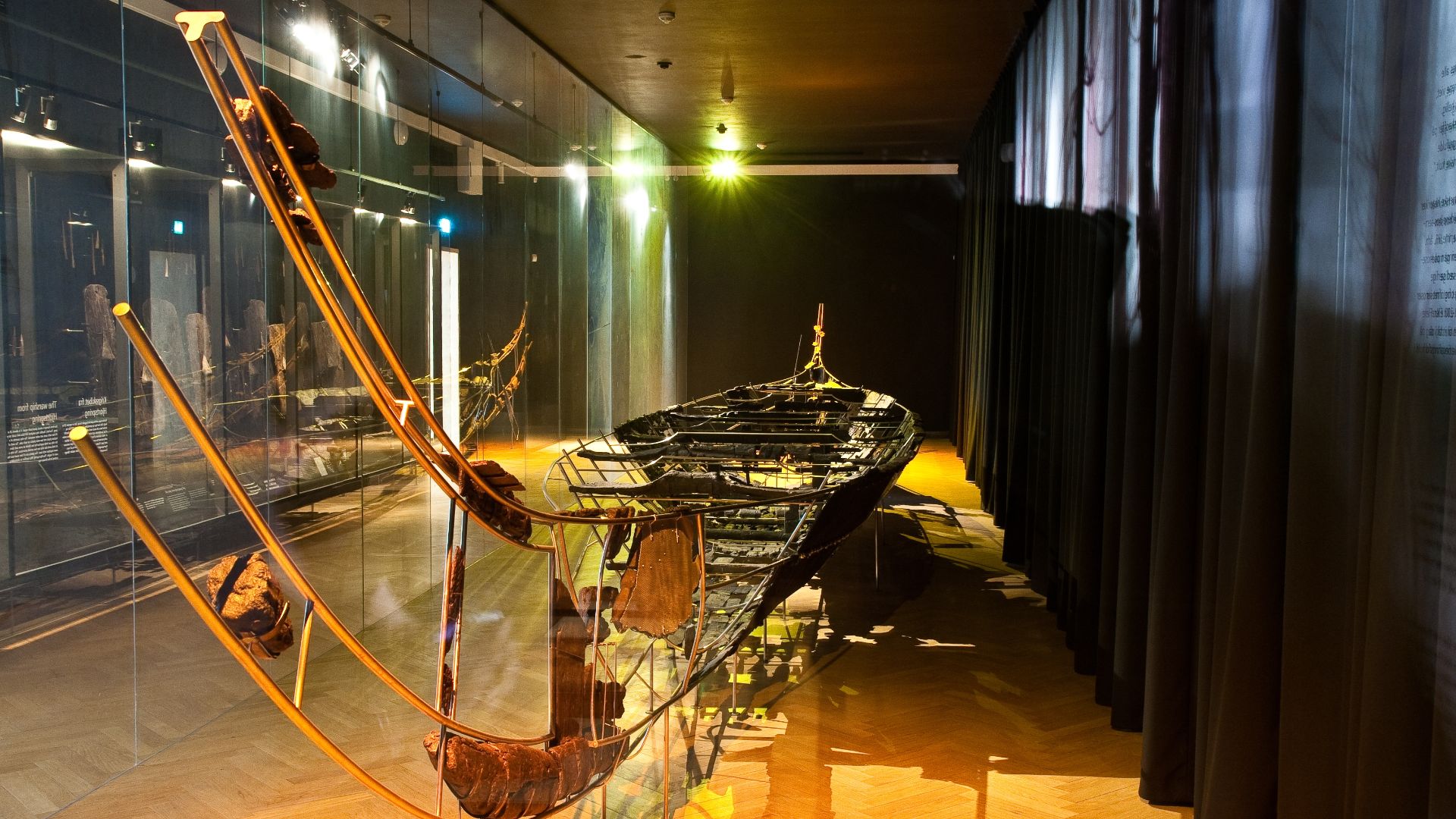 Knud Winckelmann, Wikimedia Commons
Knud Winckelmann, Wikimedia Commons
Engineering Revolution
Viking shipwrights created vessels with long, narrow hulls, true keels, and symmetrical ends. Their genius lay in clinker construction, overlapping oak planks riveted together. This design crafted surprisingly flexible ships that worked with waves rather than fighting them, allowing incredible seaworthiness in brutal North Atlantic storms.
Wood Whisperers
It is said that master builders split planks from ancient oaks. This practice preserved the wood's natural grain, developing materials that were far stronger compared to those used by other shipbuilders. Single planks could be astonishingly thin—just one inch—yet maintain tremendous strength.
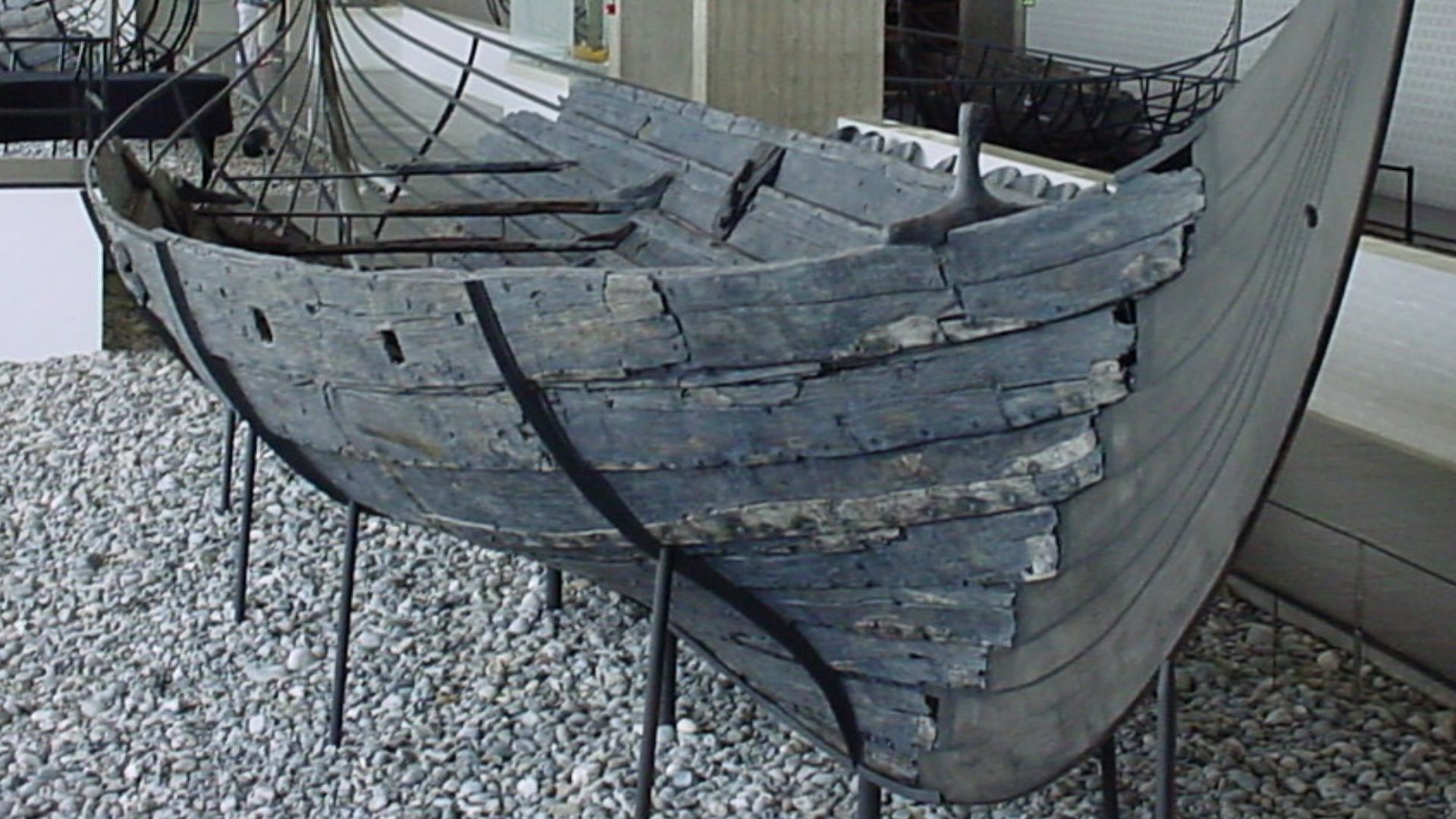 Hans Olav Lien, Wikimedia Commons
Hans Olav Lien, Wikimedia Commons
Master Craftwork
Building a Viking boat was an immense undertaking that required specialized skills in woodworking, metalworking, and ship design. For example, the construction of a modern replica of a Viking warship at the Viking Ship Museum in Roskilde took approximately 26,000 working hours.
Labor Intensive
This included eight full-time boat builders over four years, with contributions from more than 20 craftsmen in total. The same project also needed timber from over 340 different trees, where each piece was carefully selected for its specific role in the item’s structure.
Waterproofing Techniques
Using natural resources, Viking shipwrights grew efficient waterproofing systems. After stuffing tarred wool or animal hair between overlapping planks, they used pine tar that was collected from forest trees to seal the seams. The resulting waterproof hull could withstand storms.
Water Warriors
The longship, which was sleek, fast, and deadly, emerged as history's most effective warship. With shallow drafts allowing navigation in mere meters of water, these vessels could strike anywhere, anytime. Their double-ended design literally let them reverse direction without turning around.
 Tiendeklasse, CC BY-SA 4.0, Wikimedia Commons
Tiendeklasse, CC BY-SA 4.0, Wikimedia Commons
Water Warriors (Cont.)
This gave the Vikings unprecedented tactical advantages against slower, less maneuverable enemy ships. Rowers powered the liner with long wooden oars, often sitting on storage chests for space efficiency. A large, rectangular sail made from woolen cloth provided additional speed and range.
Ocean Traders
While longships dominated warfare, the broader-hulled Knarr conquered trade routes. These sturdy ocean-going merchants routinely crossed the treacherous North Atlantic, carrying around 24 tons of cargo with crews of 20–30. Knarrs enabled Vikings to establish settlements in Iceland, Greenland, and briefly, North America.
Knarr Dimensions
A typical Knarr measured around 15–20 meters in length and 5 meters in width. For example, the Skuldelev 1 Knarr, excavated near Skuldelev, Denmark, was built in Norway between 1030 and 1050. Its length was about 16.3 meters, with a beam of around 4.5–5 meters.
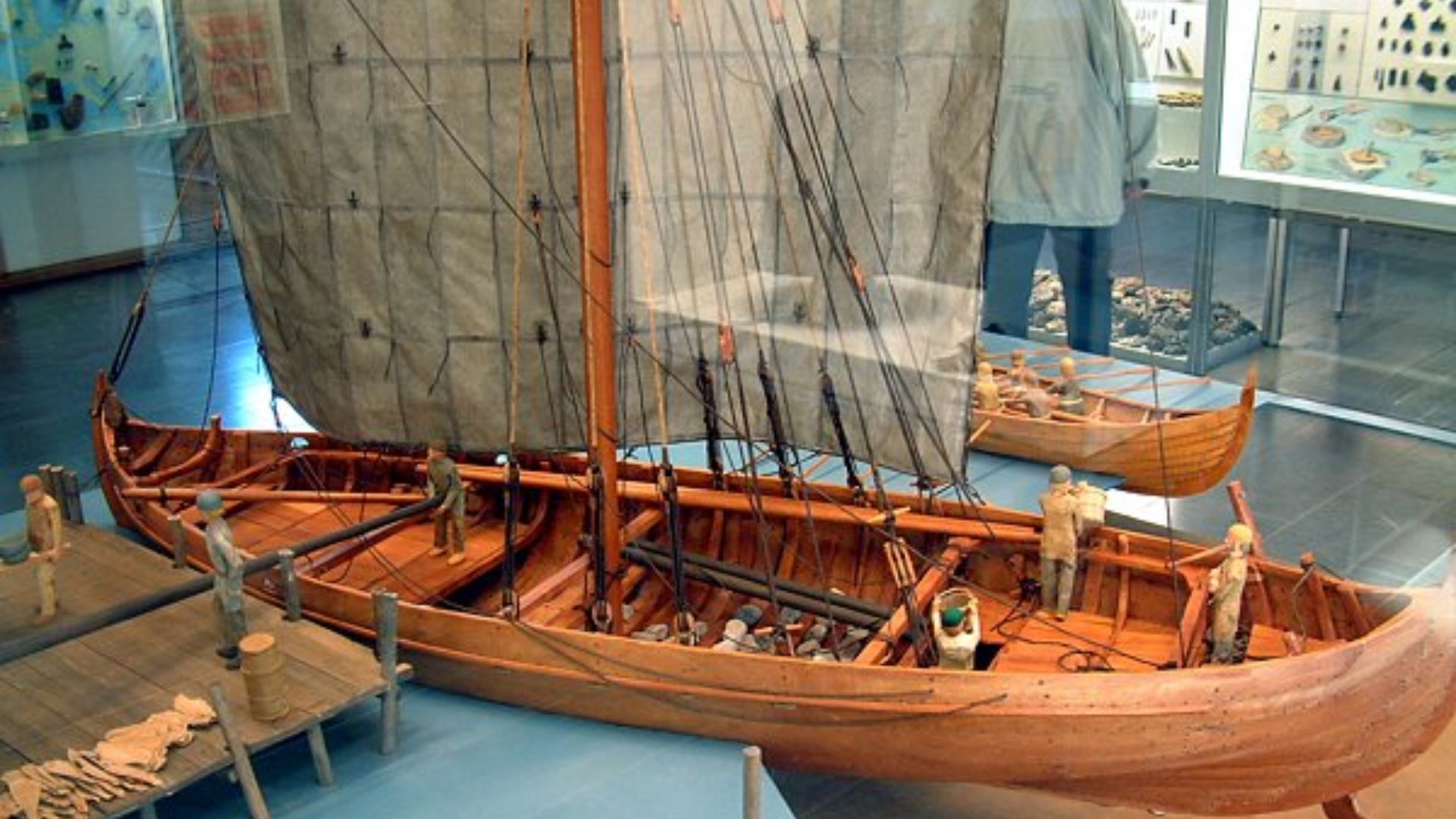 Grimhelm~commonswiki, Wikimedia Commons
Grimhelm~commonswiki, Wikimedia Commons
Speed Demons
When it comes to speed, Viking ships achieved amazing speeds that would impress even modern sailors. Under favorable winds, longships could reach 17 knots (31 km/h). This is faster than many recreational sailboats today. The velocity, combined with shallow drafts, made raids devastatingly effective.
Speed Demons (Cont.)
Targets rarely got any heads-up before these speedy predators showed up on their shores. Generally, though, most replicas cruised at around 8 to 12 knots in normal conditions and managed to hit mean speeds of about 10 to 15 knots during sea tests.
Flexible Fleet
Vikings developed specialized ships for different needs. The small, versatile karve transported people and livestock along the coasts. Additionally, the skeid carried larger raiding parties, while the massive busse could hold 34 pairs of oars and hundreds of warriors. This diverse fleet gave Norse explorers unmatched mobility.
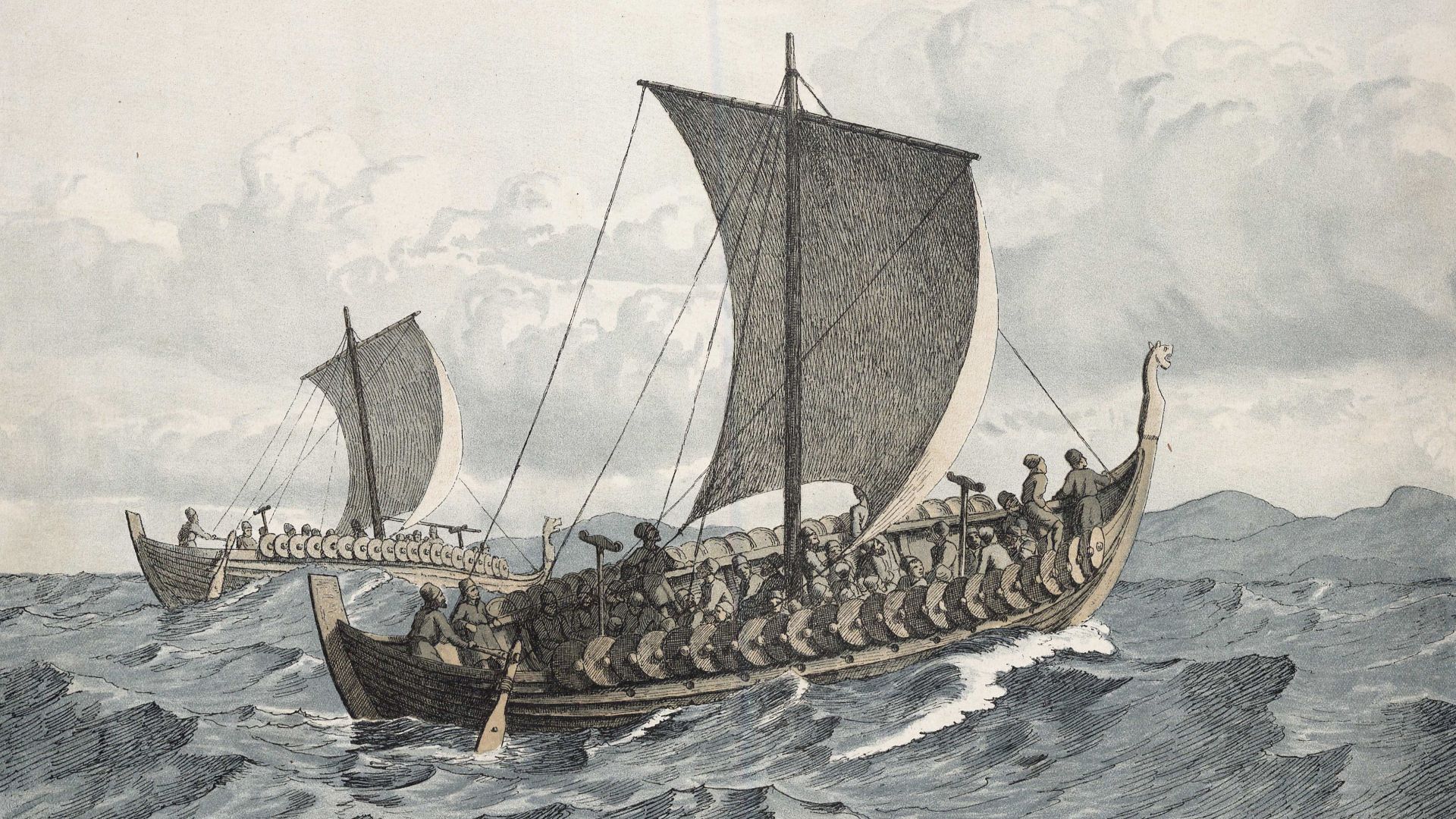 Statens Arkiver - Danish State Archives, Wikimedia Commons
Statens Arkiver - Danish State Archives, Wikimedia Commons
Karve
The karve was a small vessel characterized by its broad hull. It usually had between 6 and 16 rowing benches. Some karves, such as the well-known Gokstad Ship, were large enough to take on longer journeys and engage in battles, demonstrating their versatility.
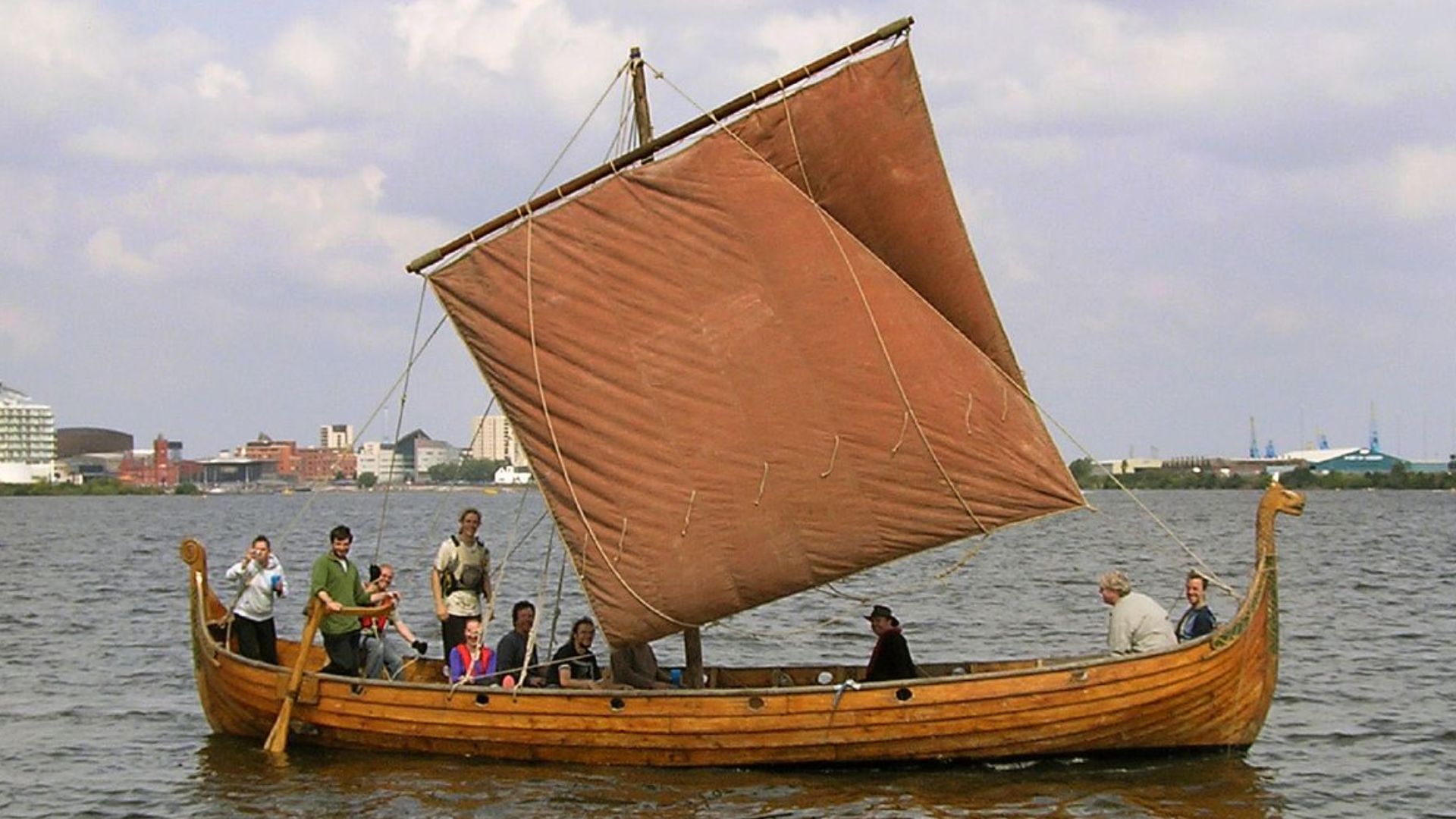 Ben Salter from Wales, Wikimedia Commons
Ben Salter from Wales, Wikimedia Commons
Skeid
Next, the Skeid was a larger warship built to carry substantial raiding parties. With more than 20 pairs of oars, it blended speed and capacity. The skeid permitted Vikings to transport dozens of warriors swiftly across open seas or inland waterways.
Busse
The Busse was the largest and most imposing Viking ship. After all, it could hold up to 34 pairs of oars and hundreds of warriors. These huge vessels served as command ships for kings or chieftains, projecting authority and leadership during large-scale naval expeditions.
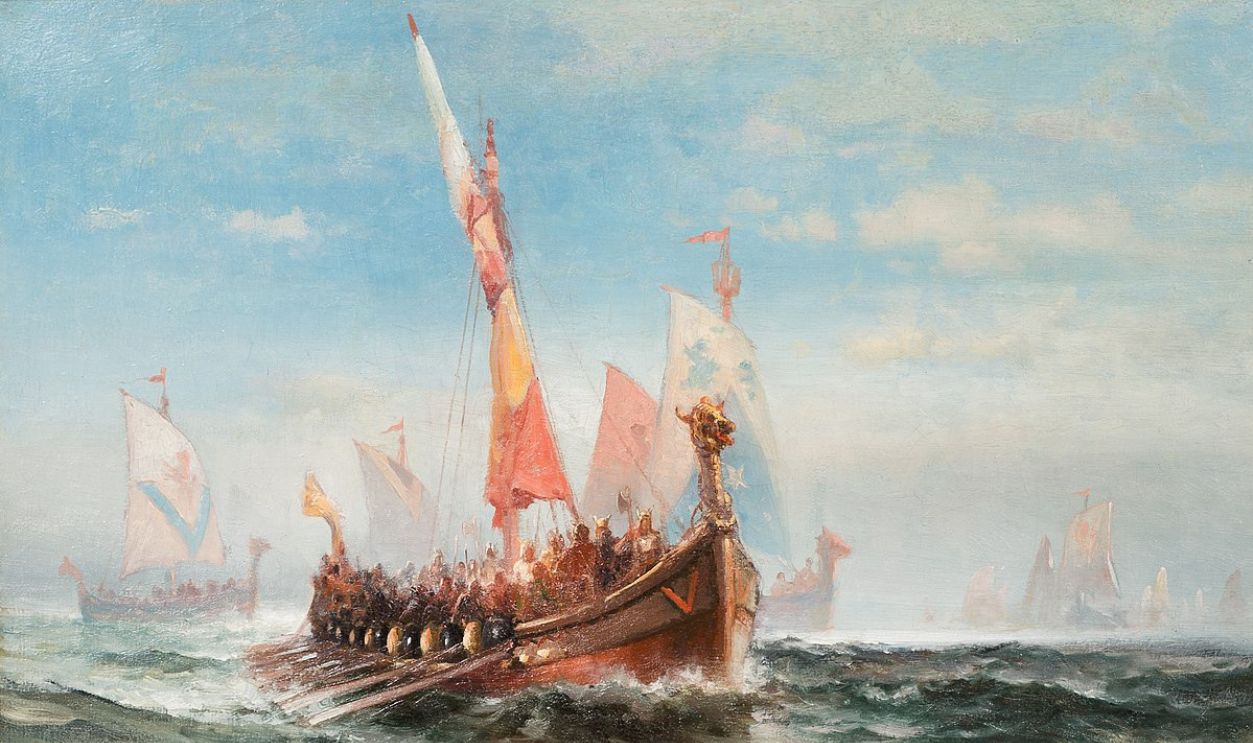 Edward Moran, Wikimedia Commons
Edward Moran, Wikimedia Commons
Battle Platforms
Unlike other naval powers that rammed enemy ships, Vikings converted sea battles into infantry engagements. They lashed their longships together during combat, creating stable fighting platforms. The distinctive dragon-headed prows announced power and struck fear into enemies before battles even began.
 Viking ship model making by Carver Mind
Viking ship model making by Carver Mind
Navigation Secrets
These sailors reportedly navigated without compasses or charts. They just used the sun's position, prevailing winds, wildlife patterns, and intimate knowledge of currents to find their way. Ravens were sometimes released to find land, and when heavy fog or storms hit, they would become "hafvilla" (bewildered).
Sunstone Utilization
There’s some interesting evidence that suggests Vikings might have used "sunstones," which are crystals like Iceland spar, to determine the location of the sun on cloudy days. These naturally occurring polarizing crystals would help determine direction when normal maneuvering methods failed.
Portable Power
Viking ship design included exceptional portability. So, if rivers became too shallow or land blocked their path, the crew would immediately carry their vessels overland. These lightweight creations could be dragged across portages between waterways, letting Vikings appear where enemies least expected them.
 Vikings: Secrets of the Vikings: The Viking Longship | History by HISTORY
Vikings: Secrets of the Vikings: The Viking Longship | History by HISTORY
Artistic Expression
Looking beyond function, intricately carved animal motifs, especially dragons and serpents, adorned prows and sterns. The Oseberg ship reveals elaborate "gripping beast" carvings with humanoid heads and intertwining bodies. These displayed the owner's wealth, power, and connection to Norse mythology.
Oseberg Ship
This ship is one of the most extraordinary archaeological finds from the Viking Age. Unearthed in 1904 near the farm of Oseberg in Vestfold, Norway, it was built around 820 AD. When the modern replica Saga Oseberg was constructed, carvers copied even the original mistakes.
Royal Statement
As we know, ship decoration back then indicated social status. A 1040 account from a French monk describes Viking chieftain vessels with gold lion figures, bird-shaped wind vanes atop masts, and bronze bulls and dolphins. The sides displayed vibrant colors and detailed wood carvings.
Women Seafarers
Interestingly, archaeological evidence proves that women also participated in voyages of exploration and settlement. The Oseberg ship burial famously contained two women with complex grave goods. Far from being landbound, Norse women crossed oceans as settlers, traders, and occasionally leaders during migrations to new lands.
Women Seafarers (Cont.)
Historical sources corroborate these findings. Figures like Gudrid Thorbjarnardottir journeyed to Vinland (North America) and later made a pilgrimage to Rome. Similarly, spindle whorls found at L'Anse aux Meadows in Newfoundland provide tangible proof that ladies were present in these far-flung settlements.
Ship Burials
Did you know that Vikings honored their distinguished dead with ship burials? The deceased, dressed in fine clothes and surrounded by valuable possessions, were placed on vessels with sacrificed animals and sometimes servants. The Oseberg, Gokstad, and Ladby ships give extraordinary examples of these ceremonies.
Ship Burials (Cont.)
In one particular ship burial, the deceased was dressed in fine clothing and placed on a ship or boat. Jewelry, weapons, tools, household goods, and imported luxury items surrounded the body. These were intended to support them in the next world and display their wealth.
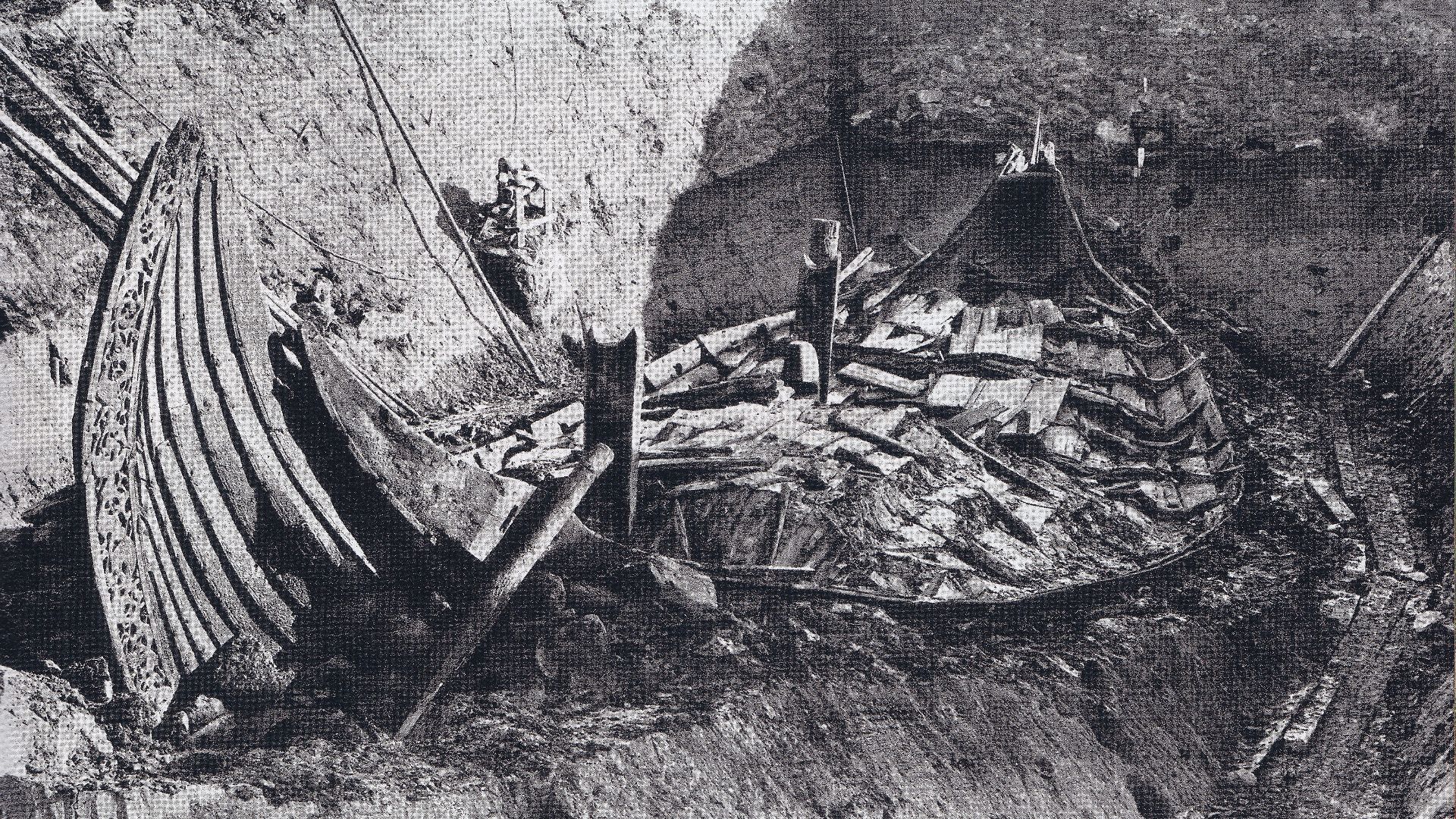 Unknown authorUnknown author, Wikimedia Commons
Unknown authorUnknown author, Wikimedia Commons
Mythical Connection
Ships transcended physical objects in Norse culture as they appeared largely in mythology. Gods traveled on magical vessels, and ships represented the journey between worlds. Some literary sources even describe funeral ceremonies where burning ships carried the dead person into the afterlife.
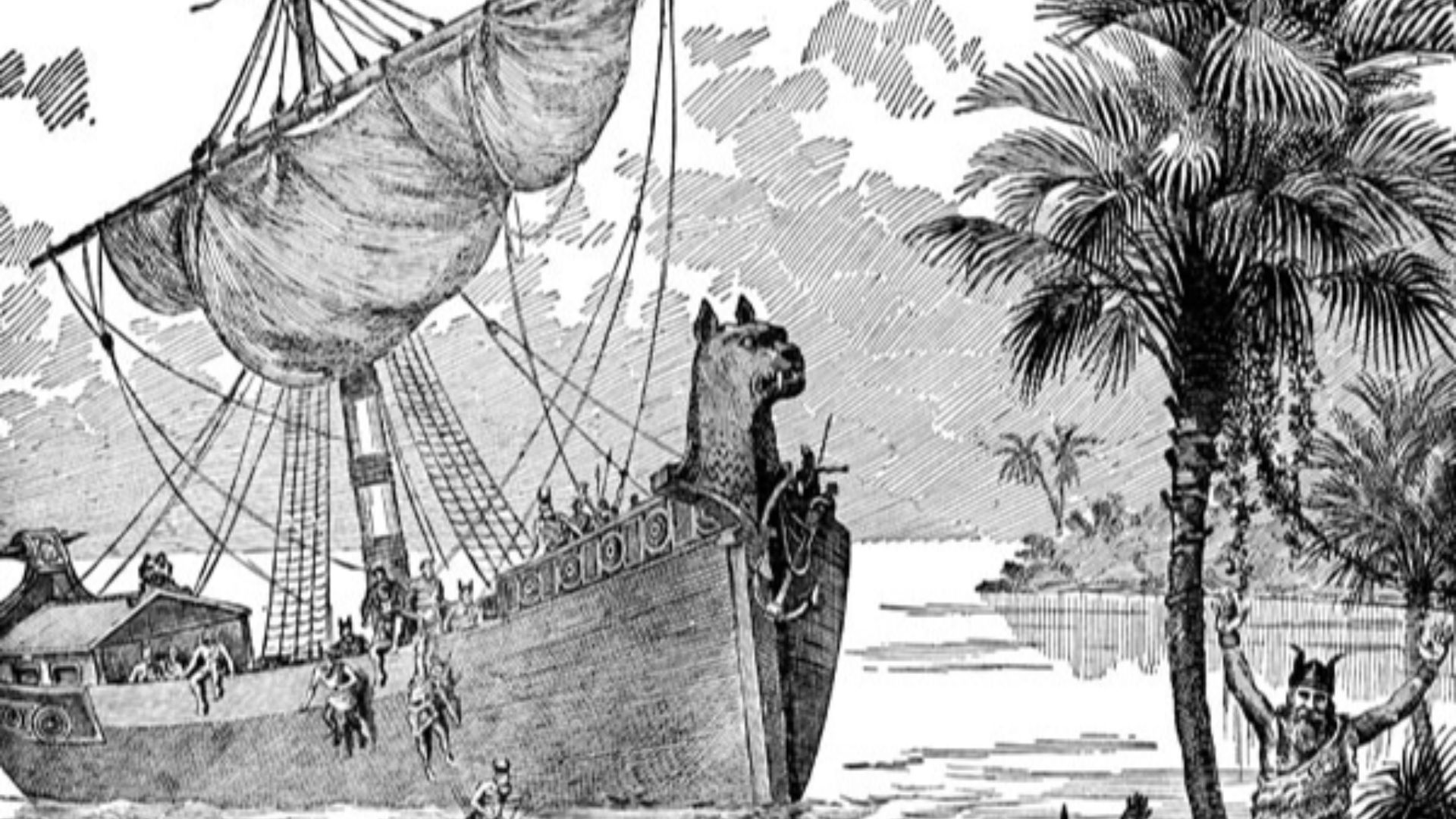 John Clarke Ridpath, Wikimedia Commons
John Clarke Ridpath, Wikimedia Commons
Living Heritage
Several original Viking ships have survived and are now invaluable to our understanding of Norse maritime technology, craftsmanship, and society. The Gokstad ship, built around 890 AD, was spotted in 1880 in a burial mound in Norway. It is now housed at the Viking Ship Museum in Oslo.
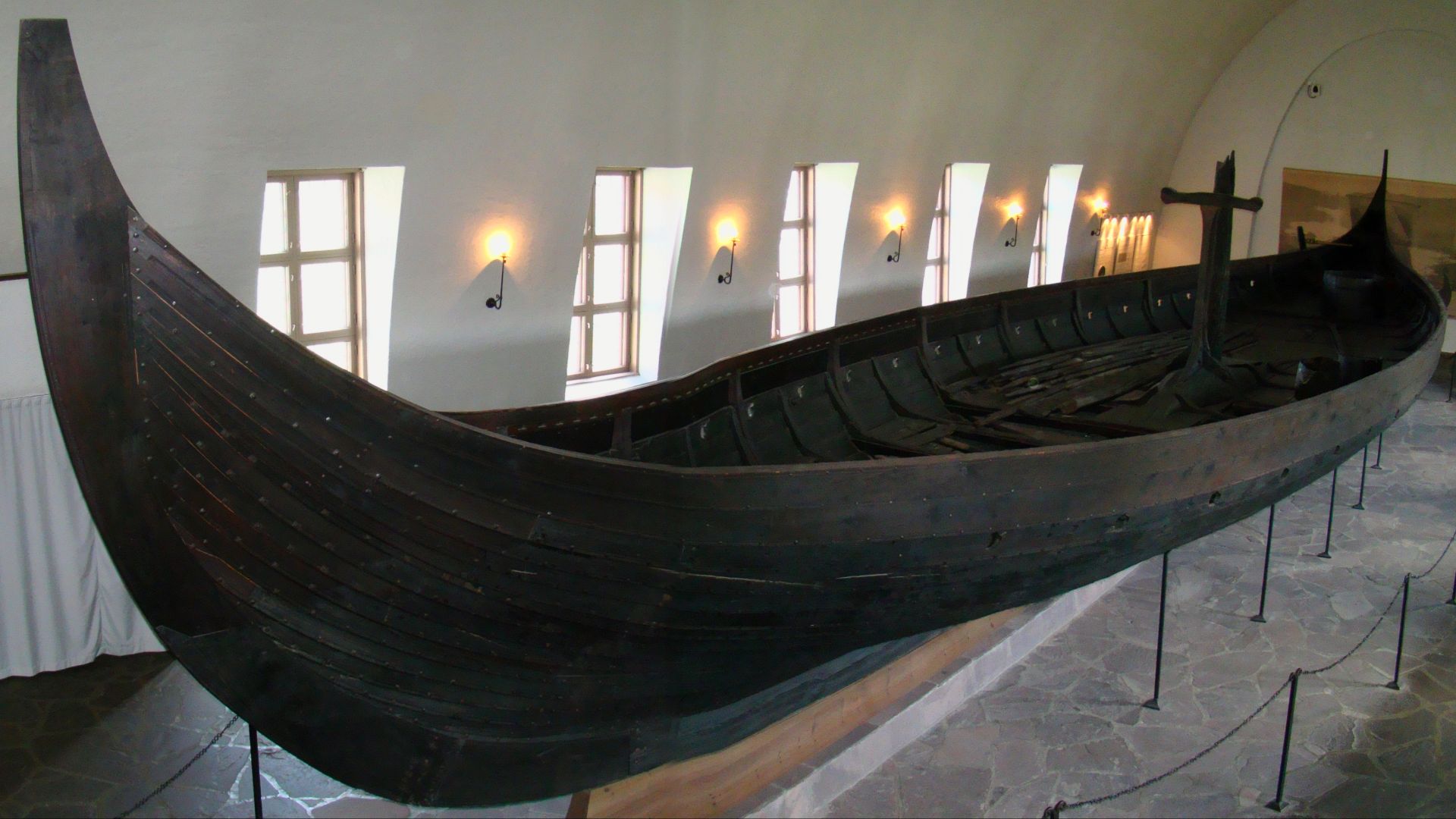 Bjørn Christian Tørrissen, Wikimedia Commons
Bjørn Christian Tørrissen, Wikimedia Commons
Skuldelev Ships
As per reports, the Skuldelev ships are a group of five Viking vessels discovered in the Roskilde Fjord in Denmark. These ships, intentionally sunk as a barrier in the 11th century, represent a range of ship types, including warships, cargo vessels, and coastal traders.
Gjellestad Ship
Here is another fascinating Viking boat burial that was found near Halden, Norway. It stands as the first Viking ship excavation in Norway since the famous Oseberg ship dig in 1904. Archaeologists uncovered the ship’s keel in 2019, confirming it as a Viking Age vessel.
Gjellestad Ship (Cont.)
Likely dating from the late 700s to the early 900s, it was based on timber analysis indicating that the wood was felled after 732 AD. This places the Gjellestad ship within the first half of the Viking Age, contemporaneous with other major Norwegian ship finds.
Gjellestad Ship (Cont.)
The boat measures around 19 meters in length and a little more than 4 meters in width, though parts of the bow and stern are missing due to soil ploughing. It was clinker-built, as typical of Viking ship construction. Also, the excavation yielded around 1,400 rivets.
 Gjellestad Excavation Site - Tour by Gjellestao Vikinglag
Gjellestad Excavation Site - Tour by Gjellestao Vikinglag
Record Breakers
Largest Viking ship ever found? Roskilde 6. With the keel virtually intact at 32 meters, it is about 37 meters long when the stem and stern are taken into account. It was perfect for coastal warfare and navigation with a draught of about 85 centimeters.
Roskilde 6
According to a dendrochronological examination of the wood, the ship was constructed after AD 1025 and came from the Oslo Fjord region. What sets Roskilde 6 apart is its advanced construction techniques. The unusually long keel comprises three joined sections, with ingeniously shaped scarf joints.
 Viking Ship Museum, Roskilde, Zealand, Denmark, Europe by Pietro Pecco
Viking Ship Museum, Roskilde, Zealand, Denmark, Europe by Pietro Pecco
Global Reach
It is said that Viking ships enabled history's most impressive medieval naval expansion. These vessels reached four continents: North America to the west, Africa to the south, Asia to the east, and Europe. Because of their design, Norse sailors could sail the waters safely.
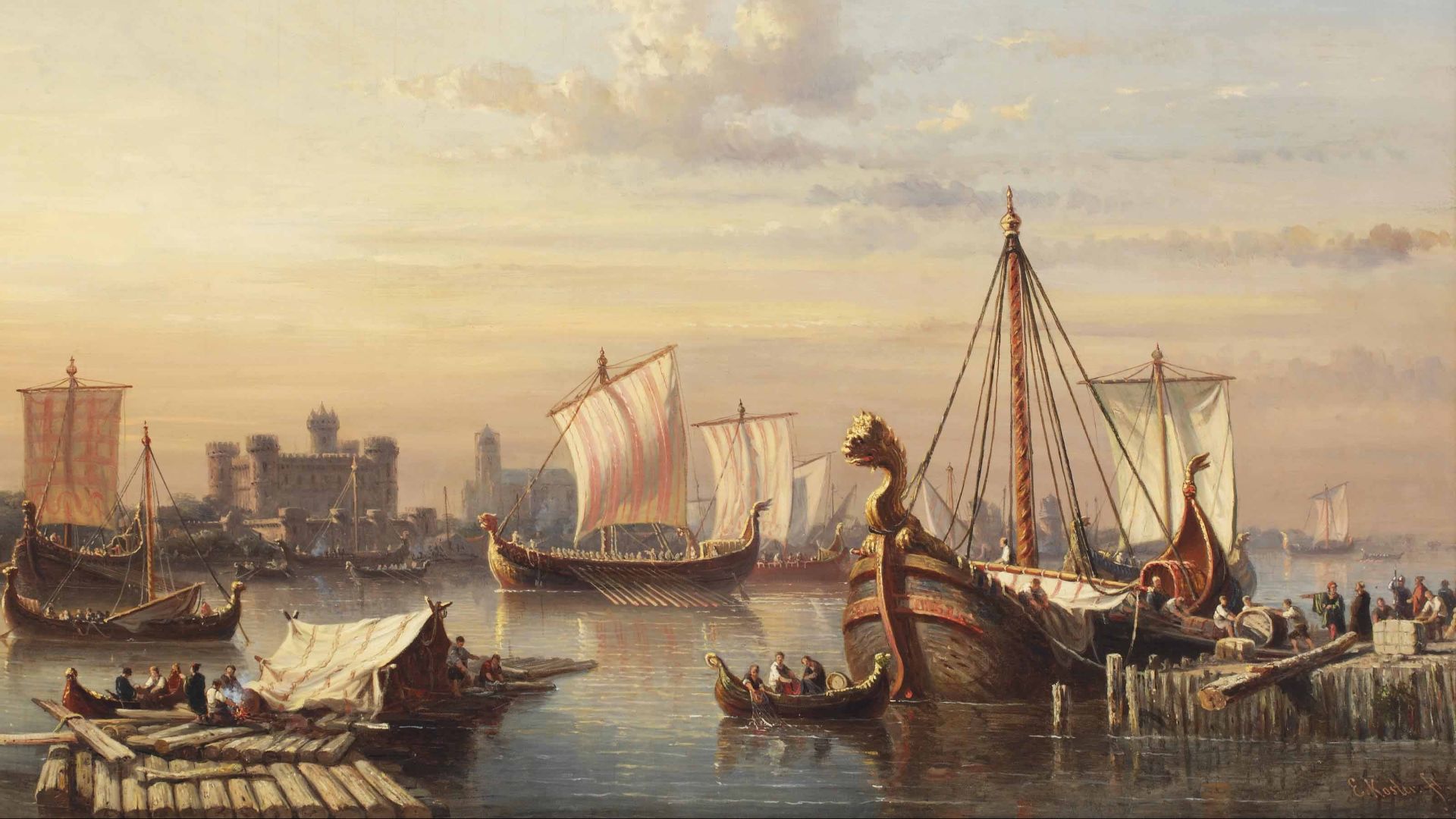 Everhardus Koster, Wikimedia Commons
Everhardus Koster, Wikimedia Commons
Sailing Into Modernity
Viking ship replicas continue the Norse maritime legacy into our era. The first, simply named "Viking," sailed from Norway to Chicago in 1893 for the World's Columbian Exposition. Today, dozens of functional reconstructions are present. The Roskilde Viking Ship Museum leads this revival.
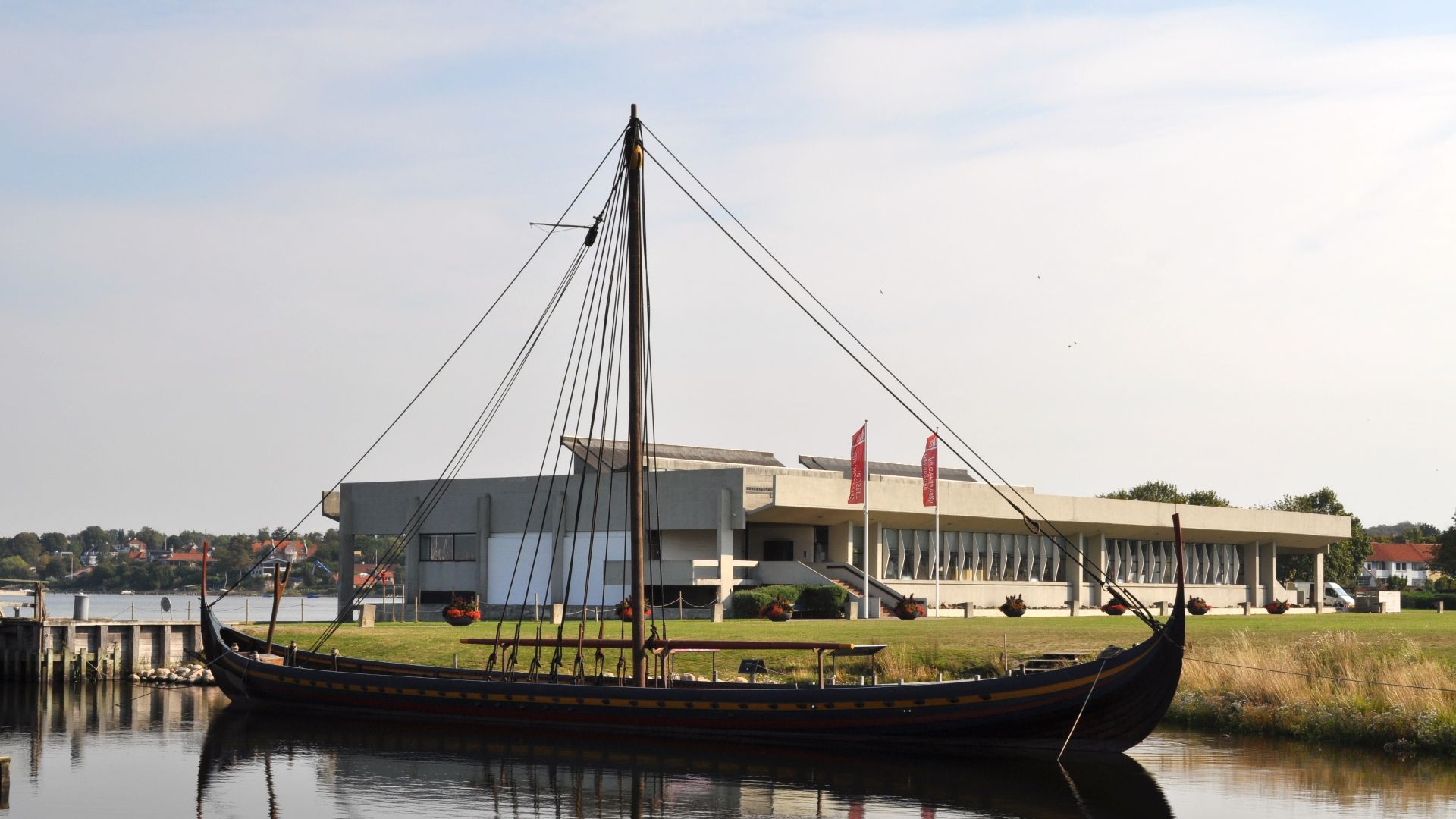 Boatbuilder, Wikimedia Commons
Boatbuilder, Wikimedia Commons
First Replica
“Viking” is an exact reproduction of the Gokstad ship, which was originally excavated from a burial mound near Sandefjord, Norway, in 1880. It was built at the Rodsverven shipyard in Sandefjord by shipbuilder Christen Christensen and overseen by Captain Magnus Andersen.

